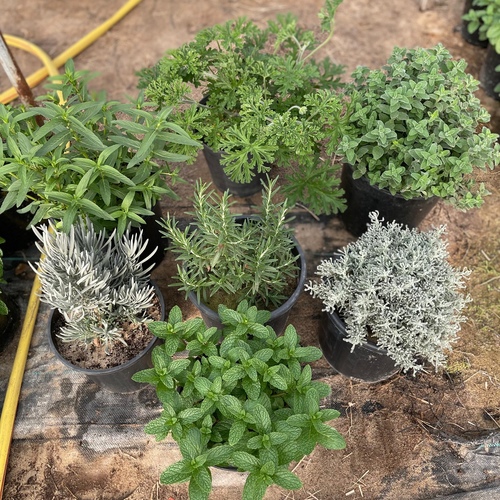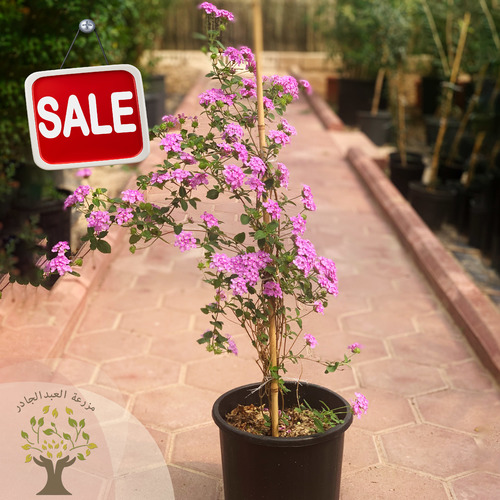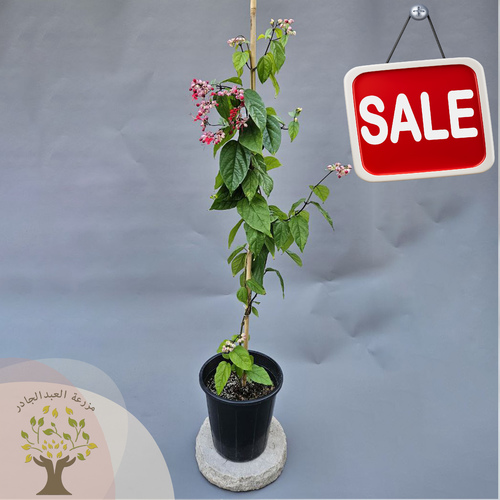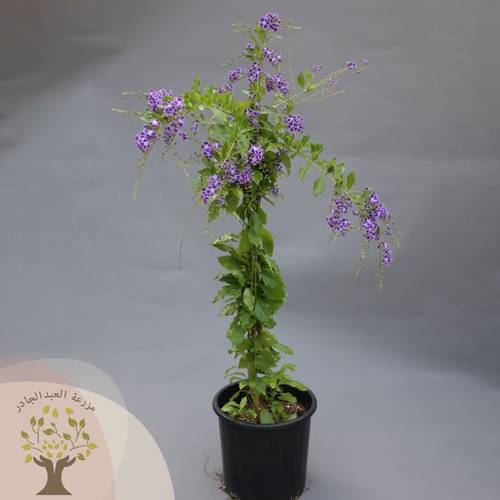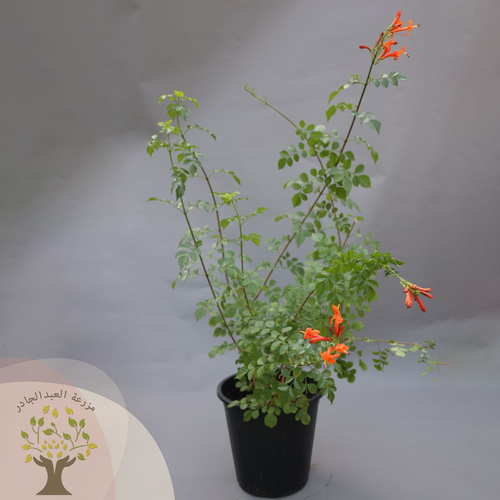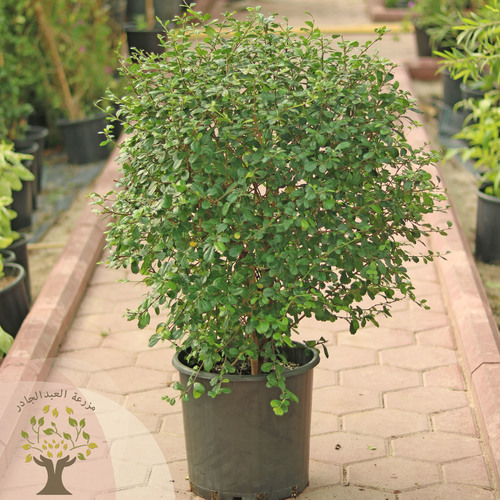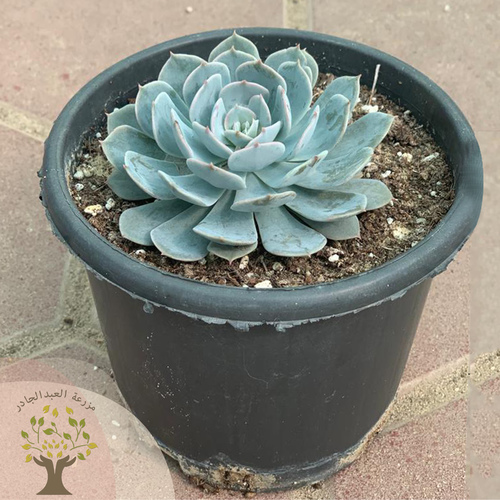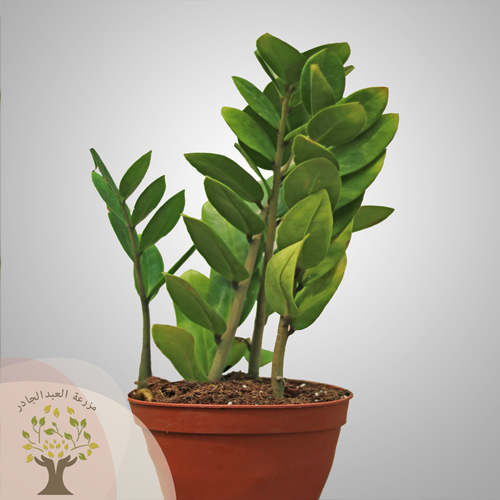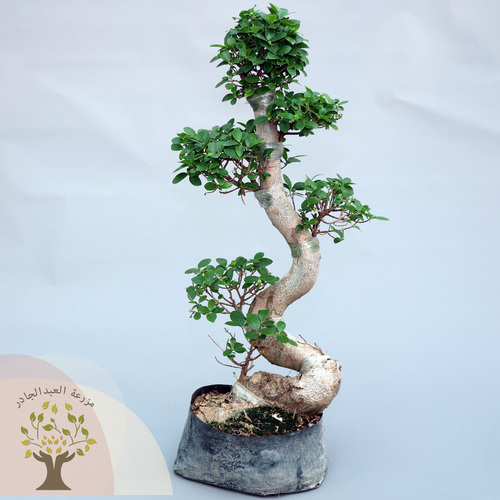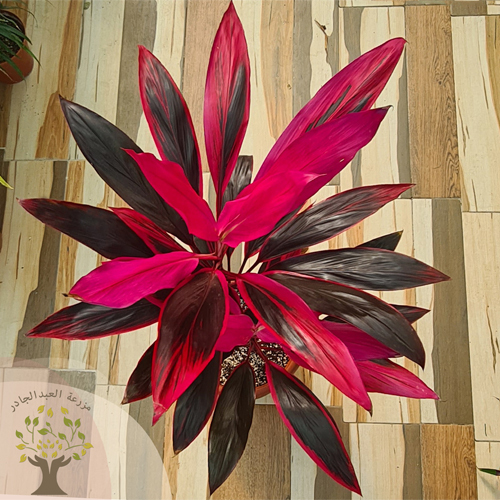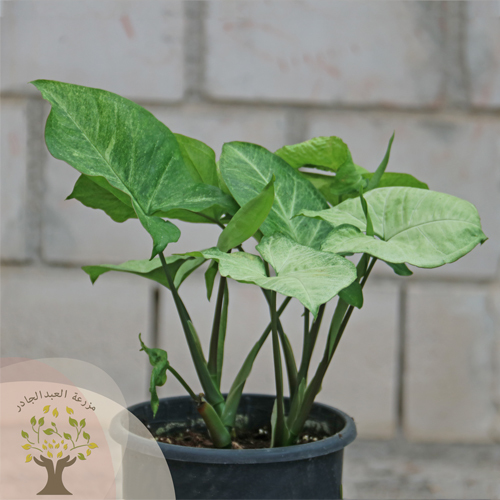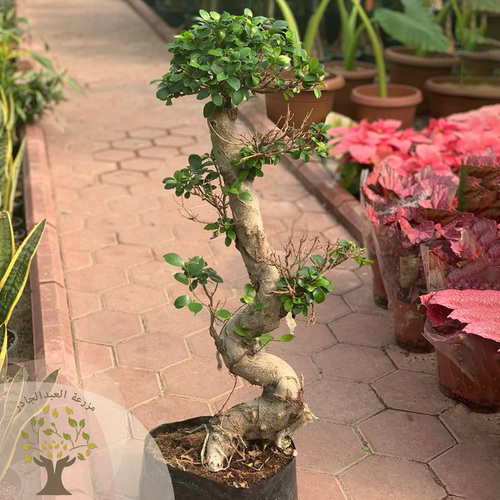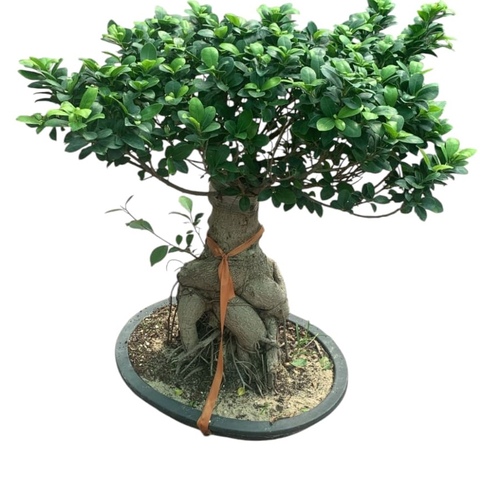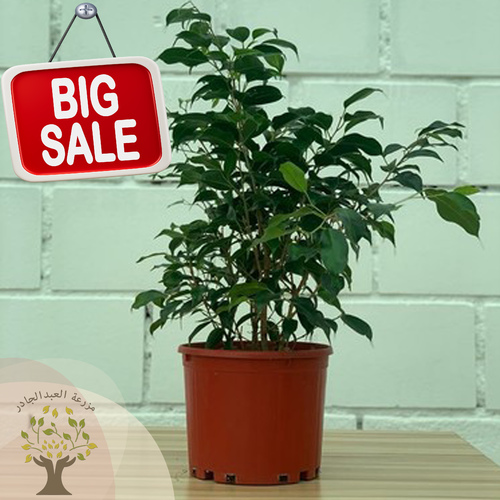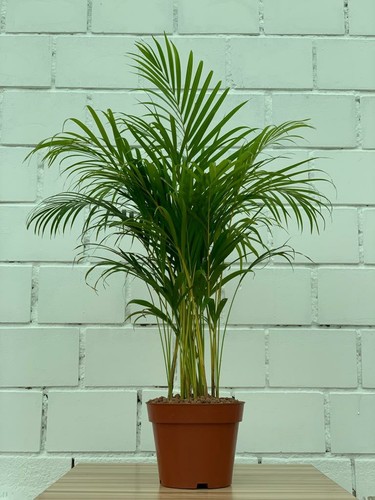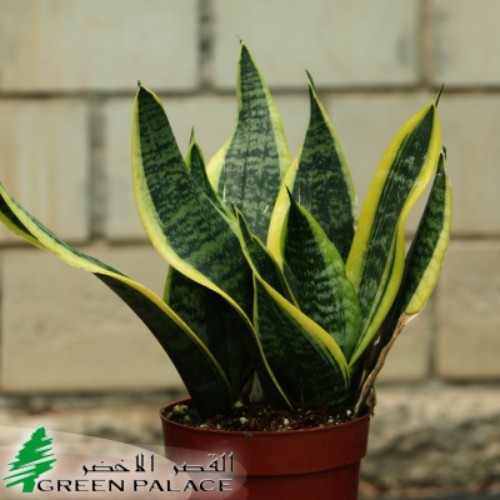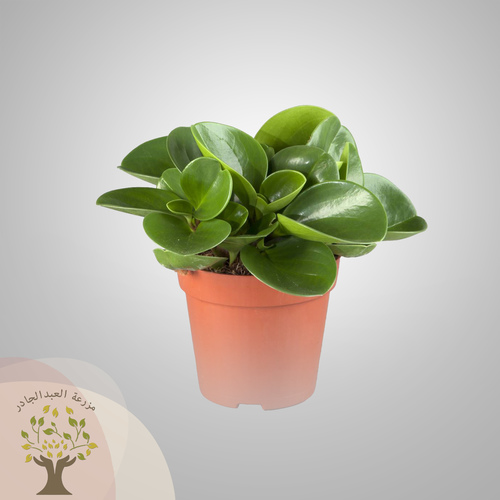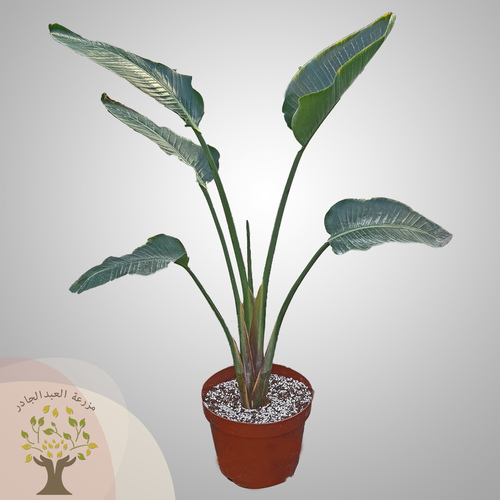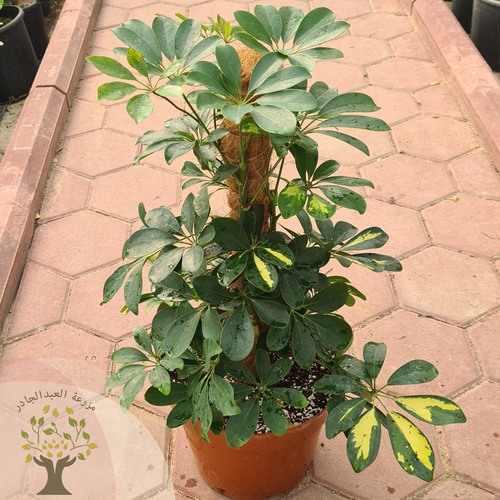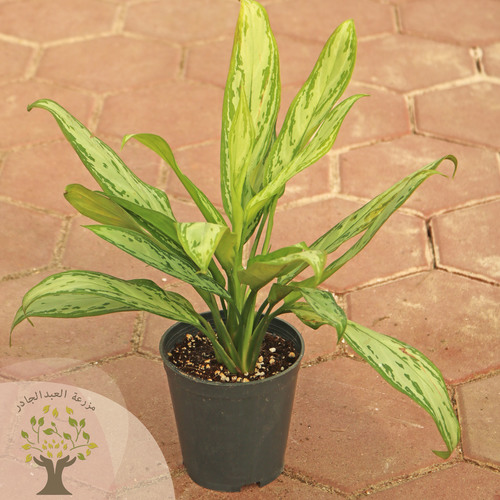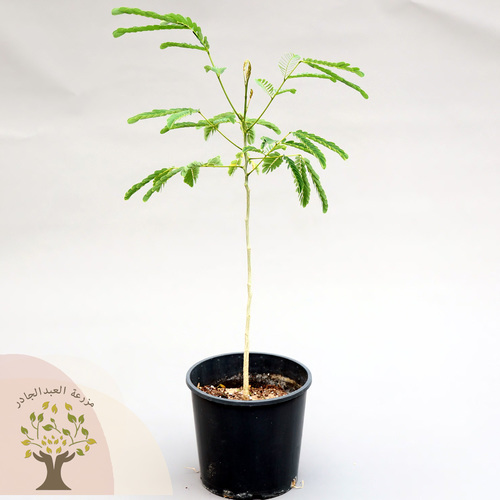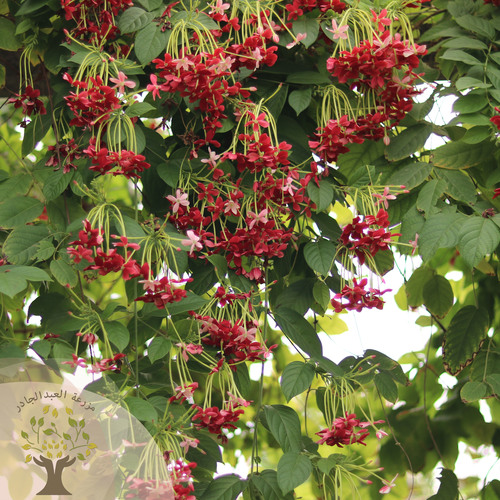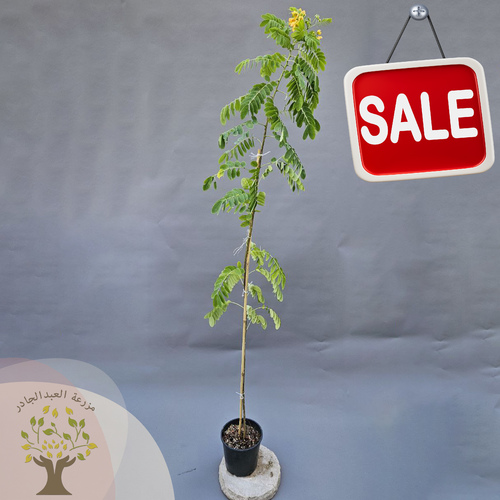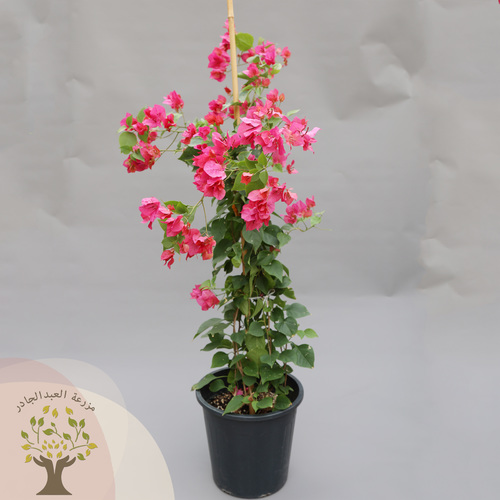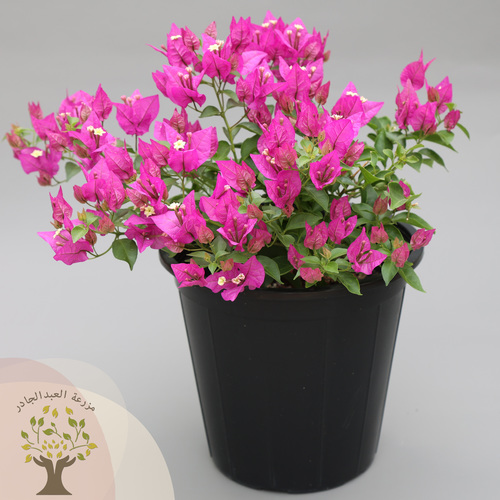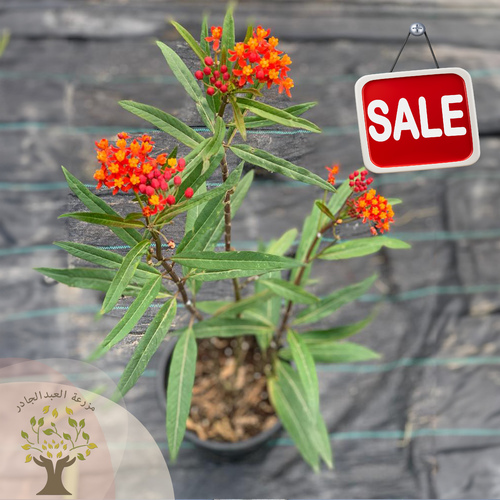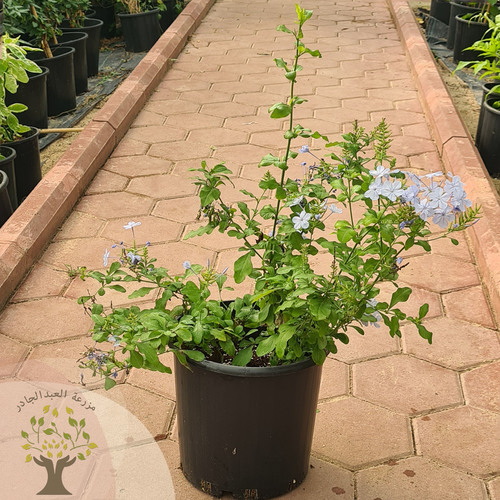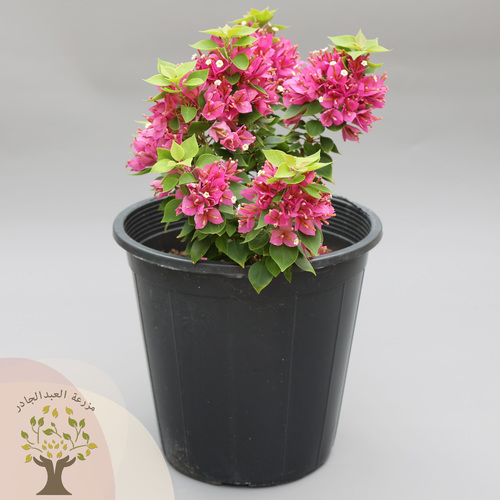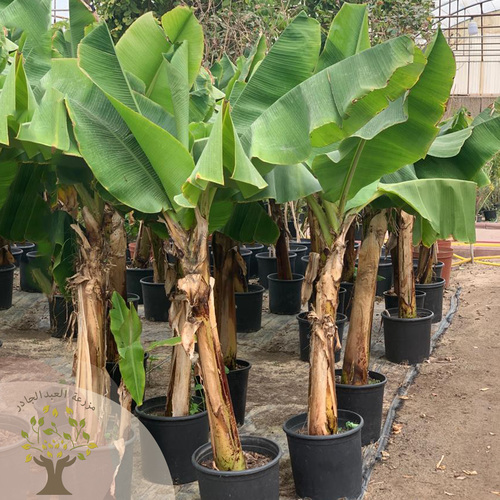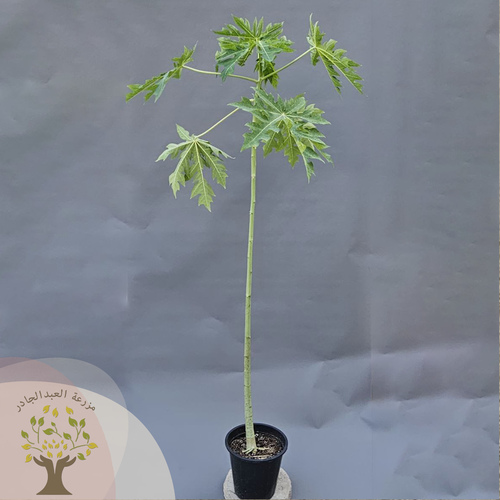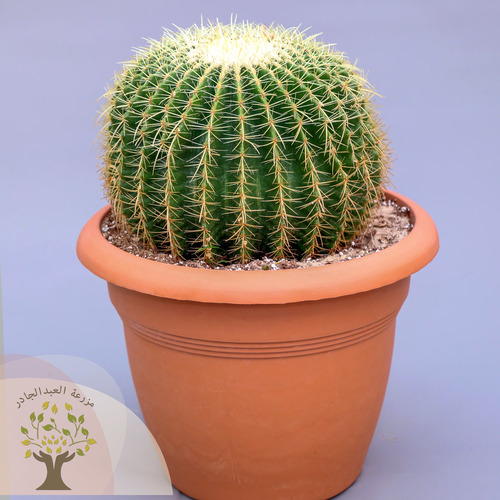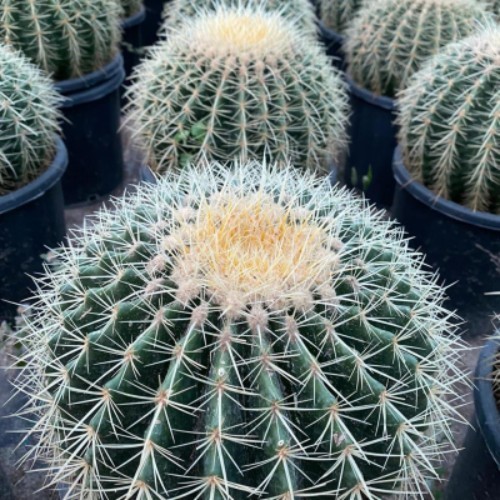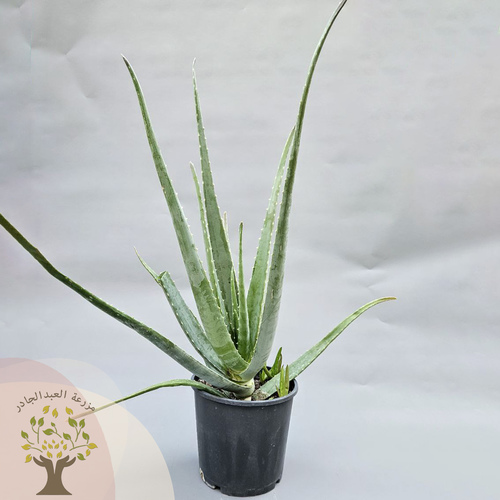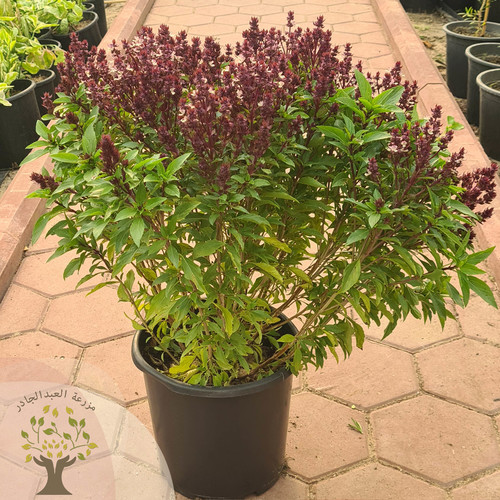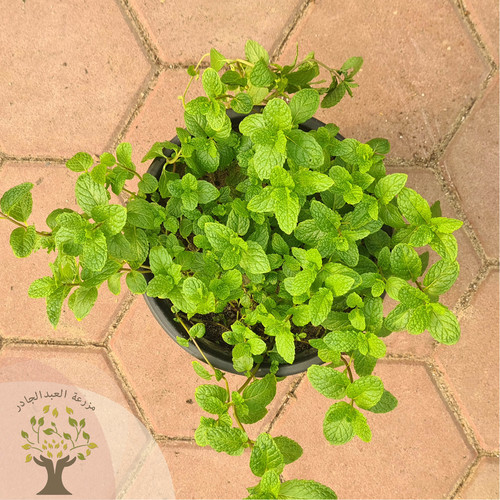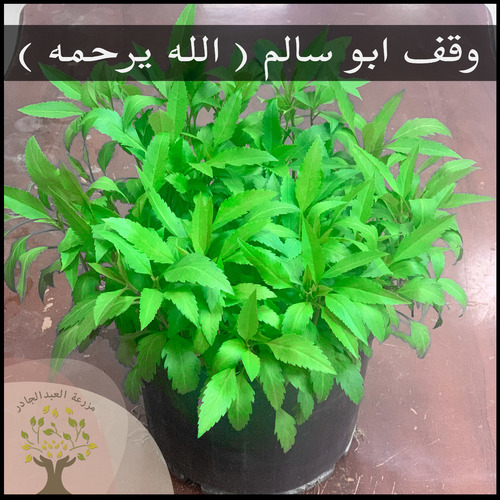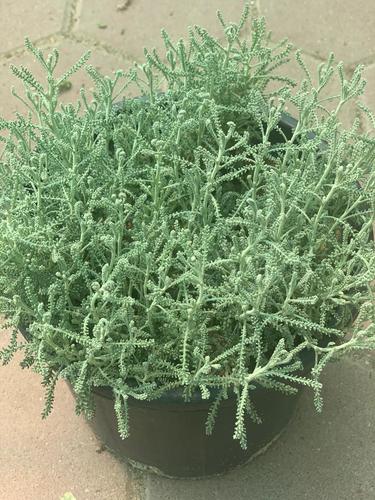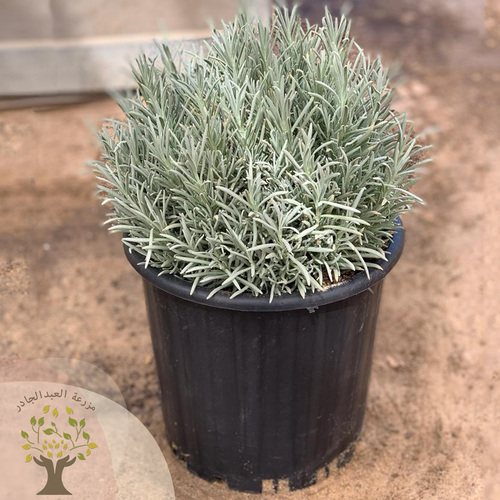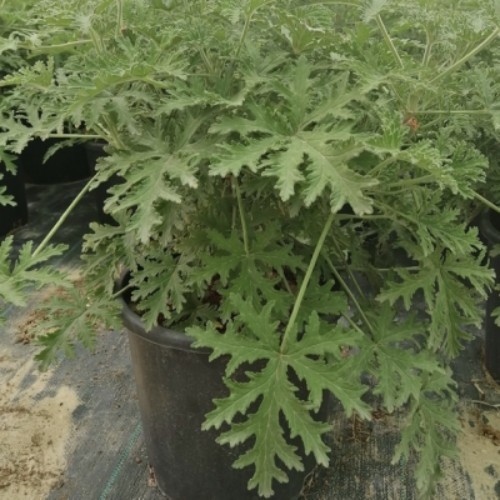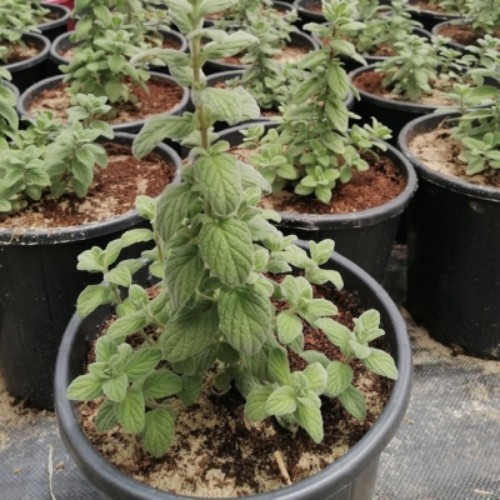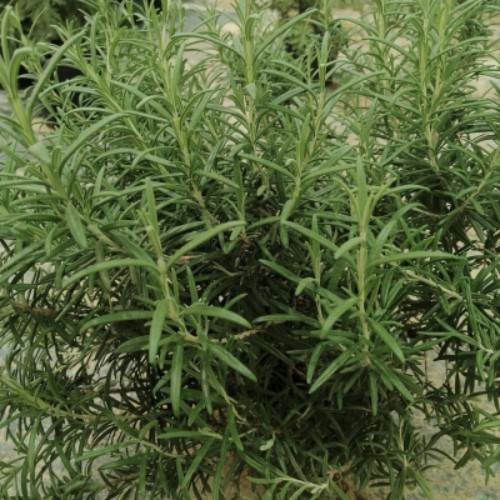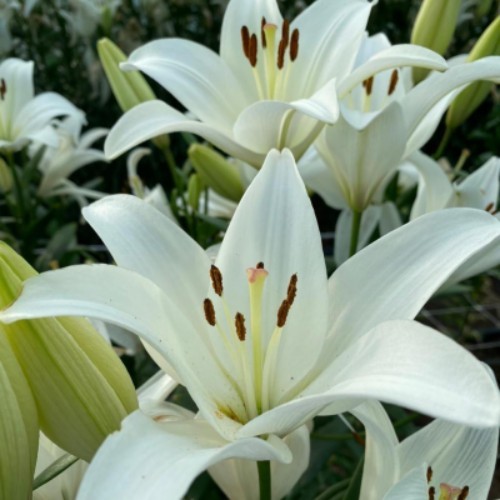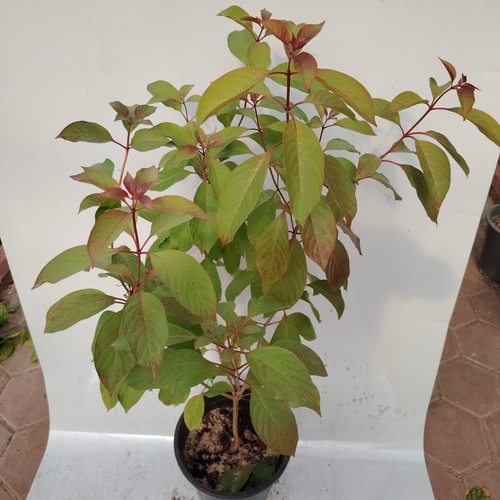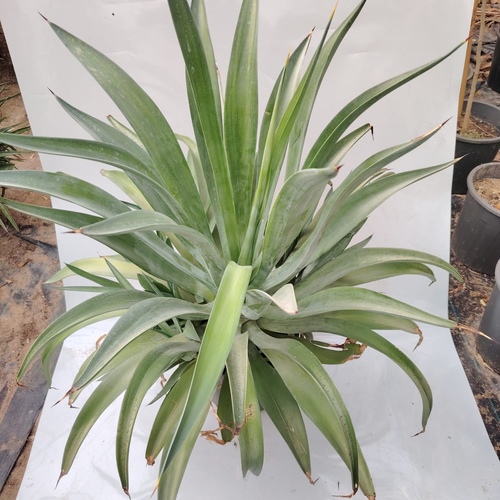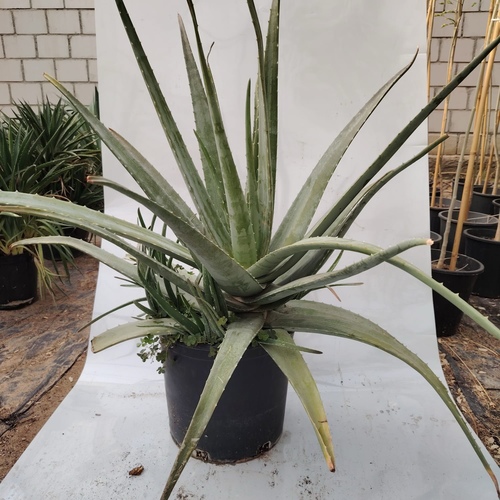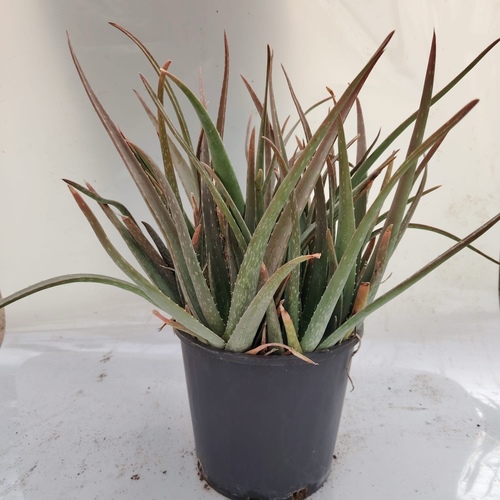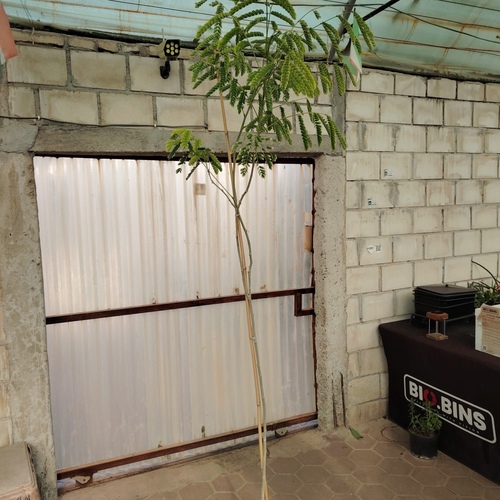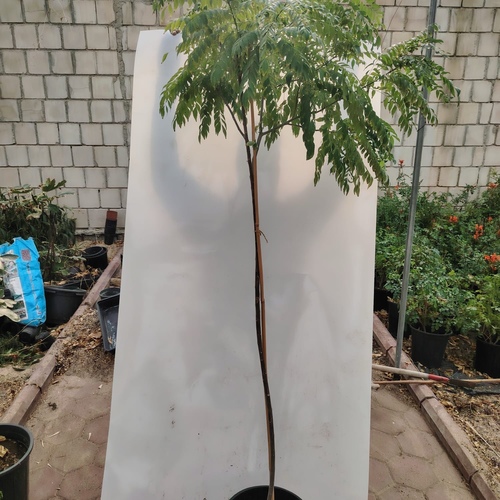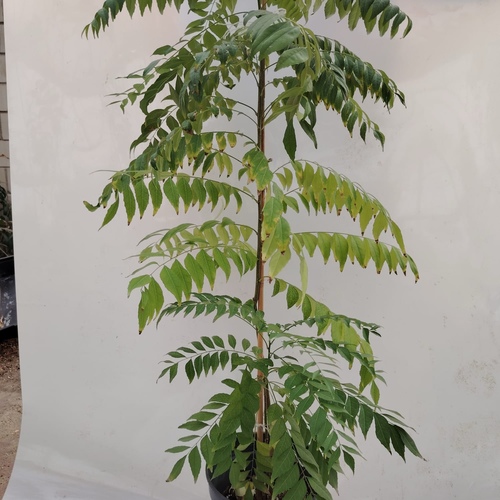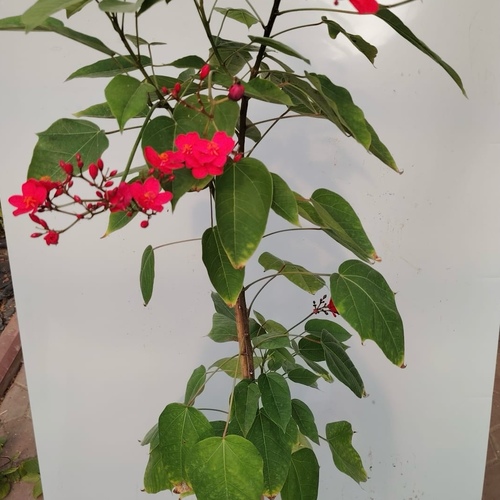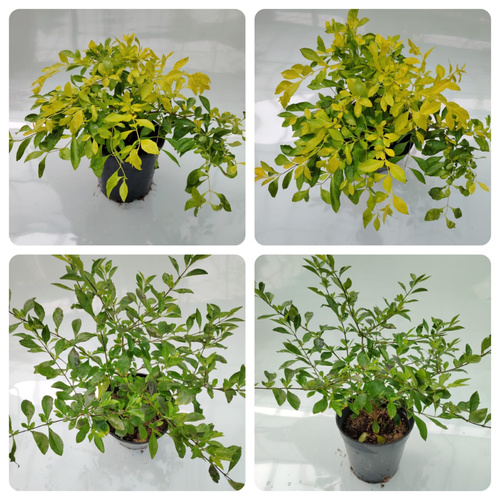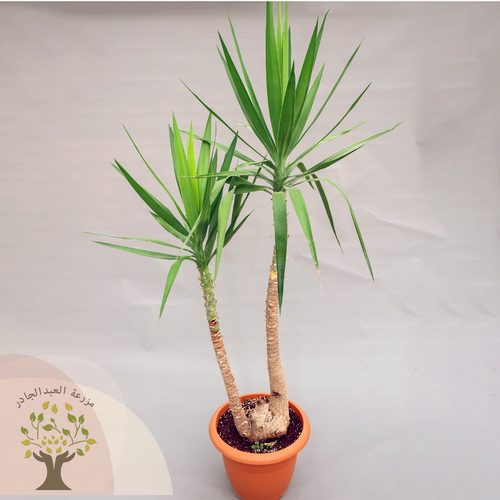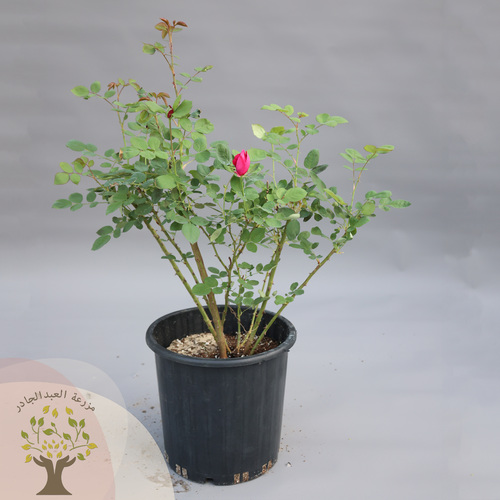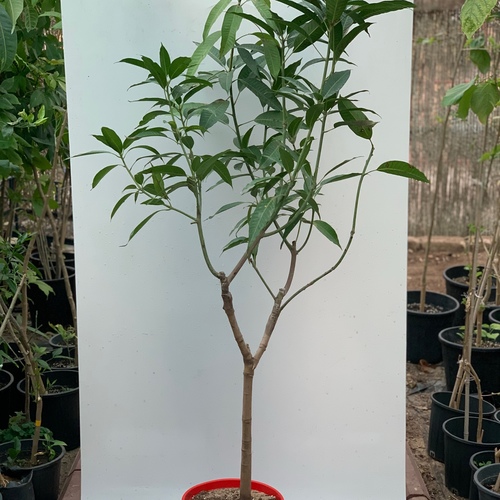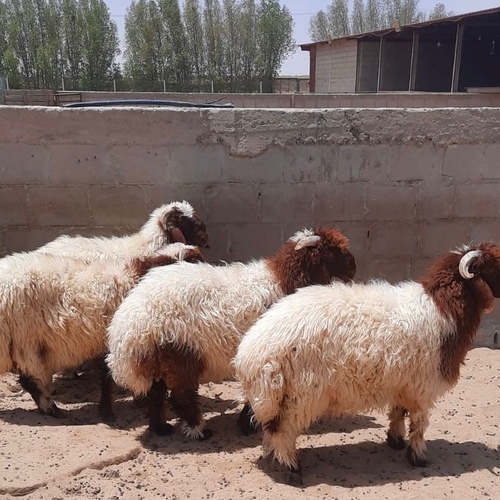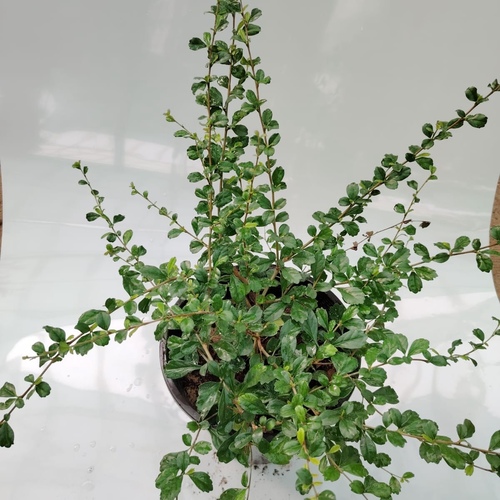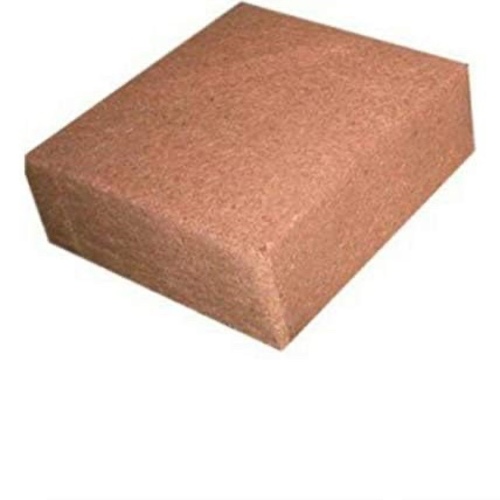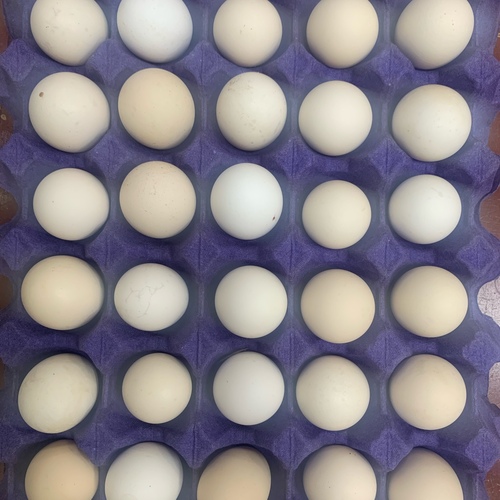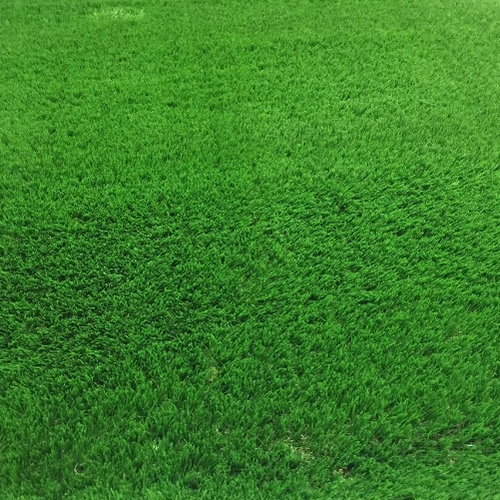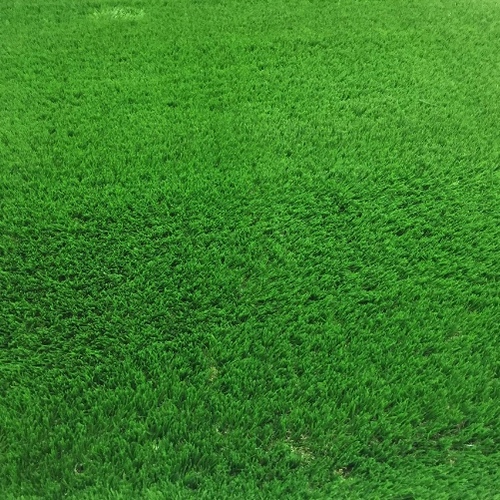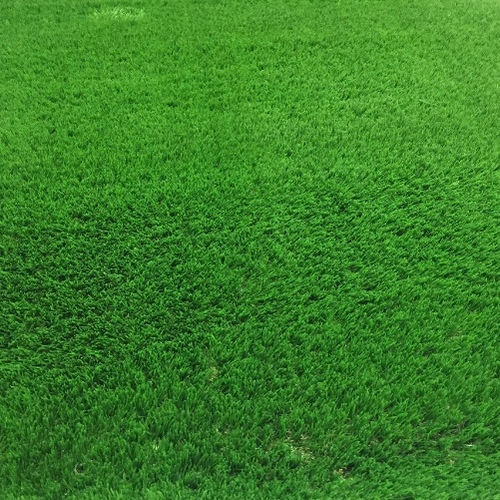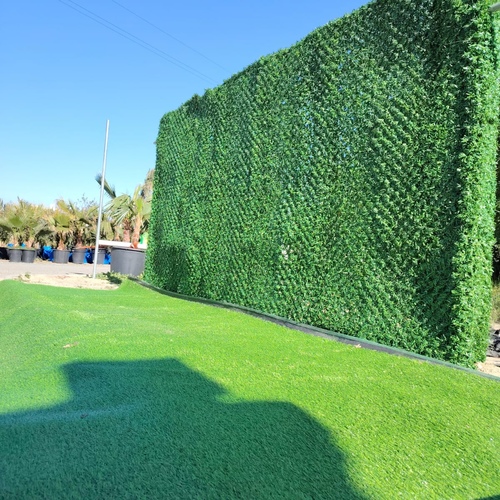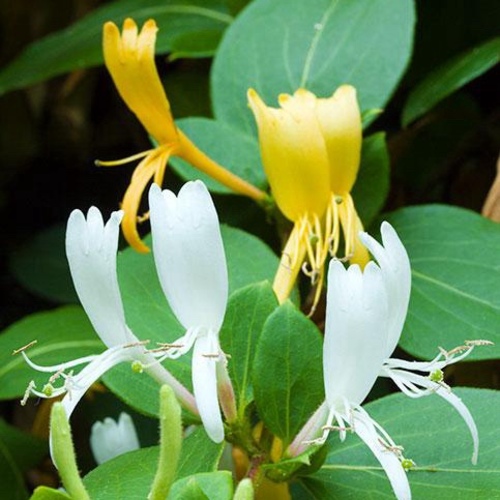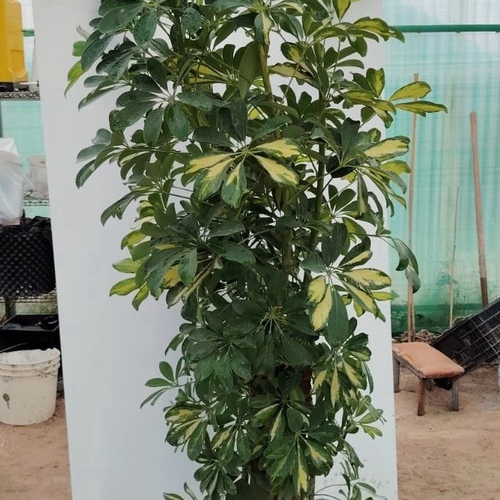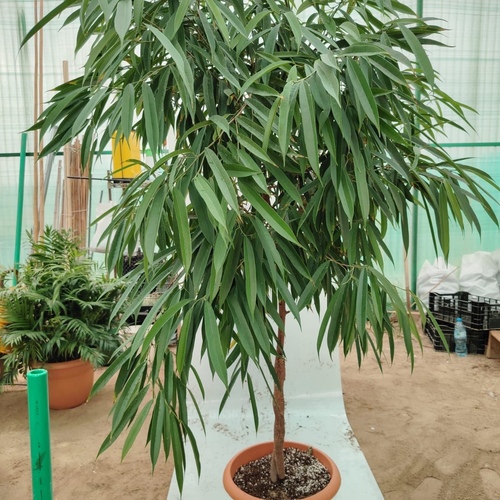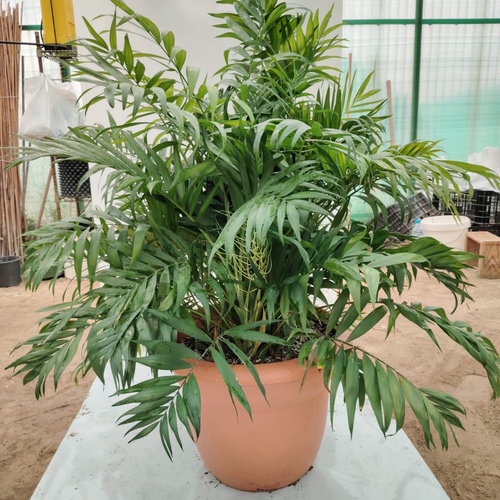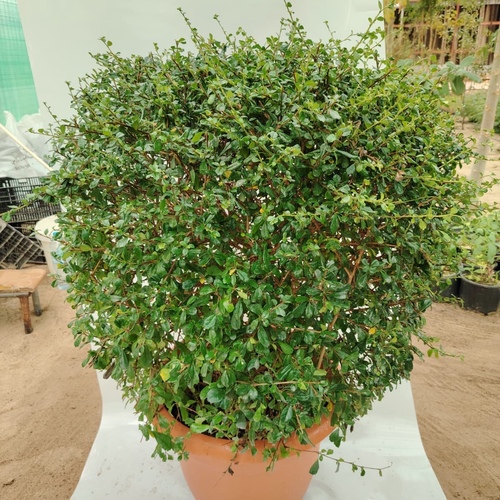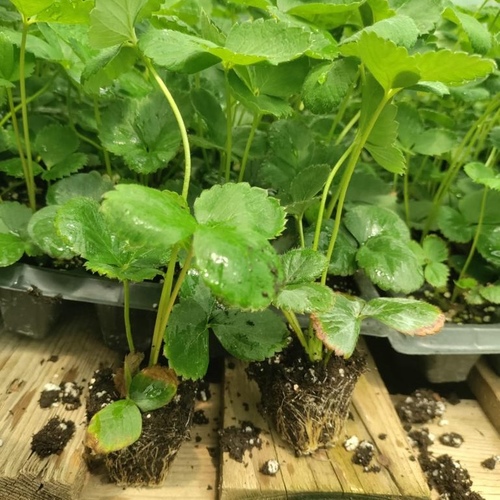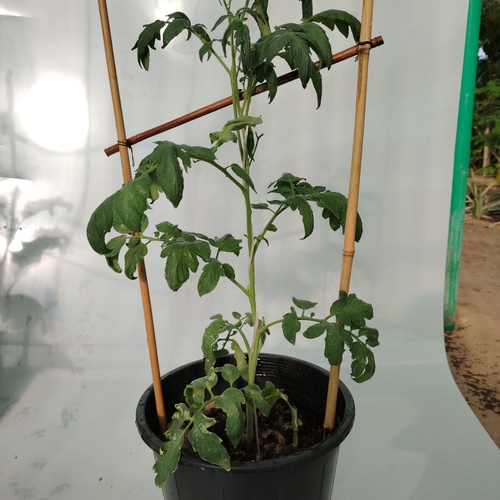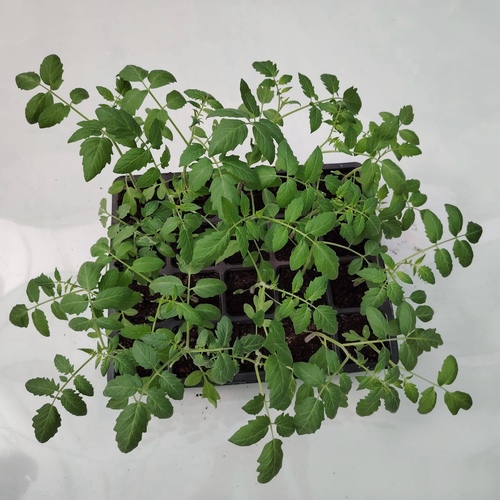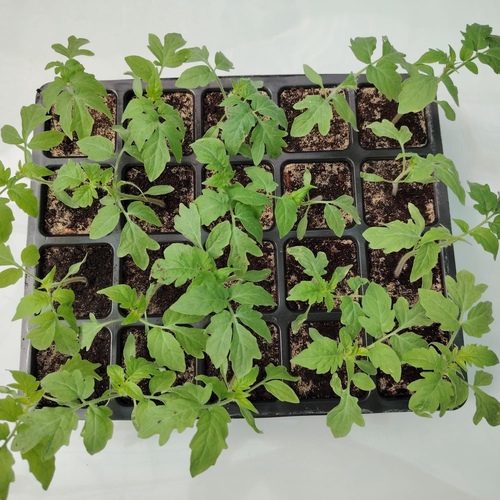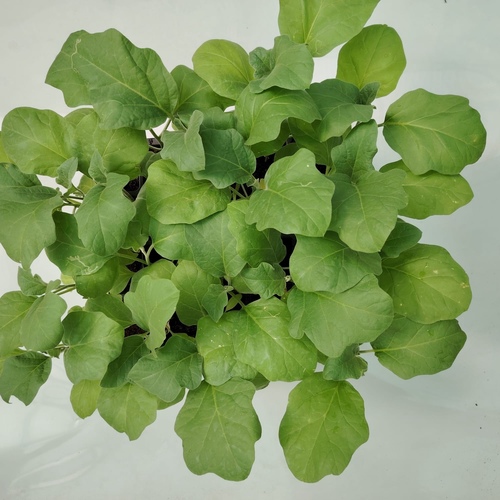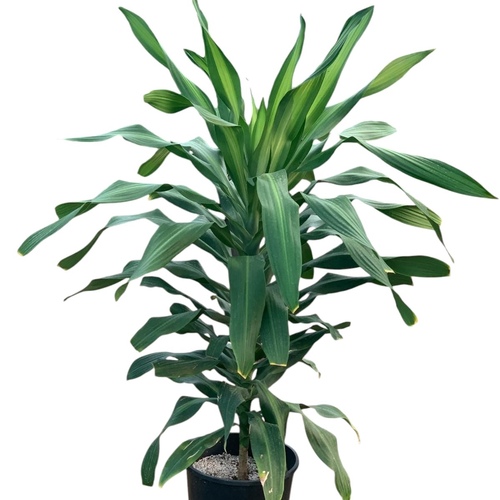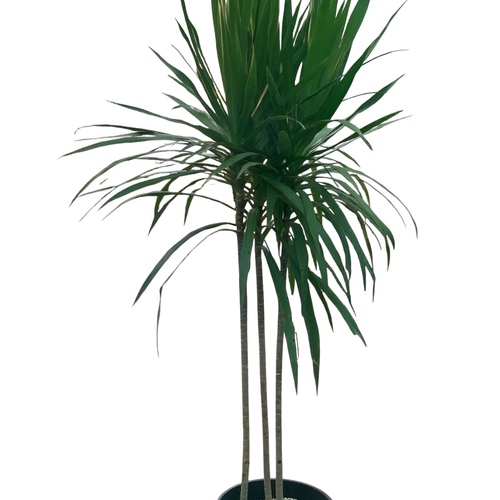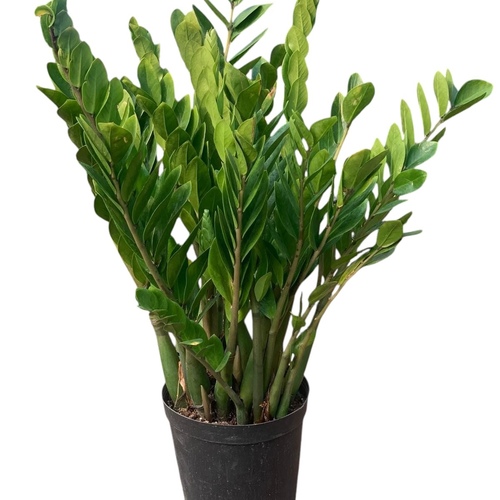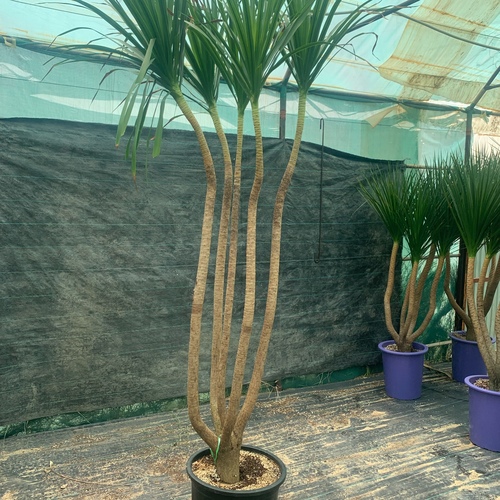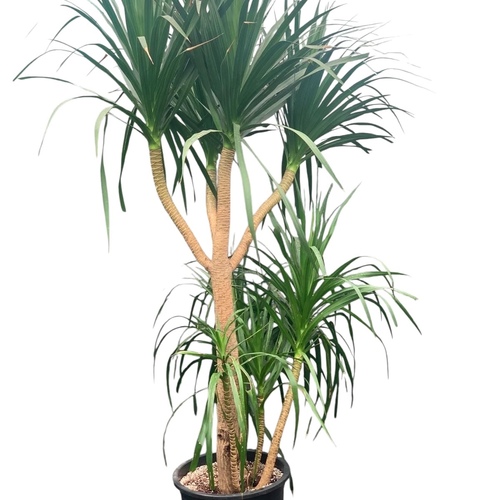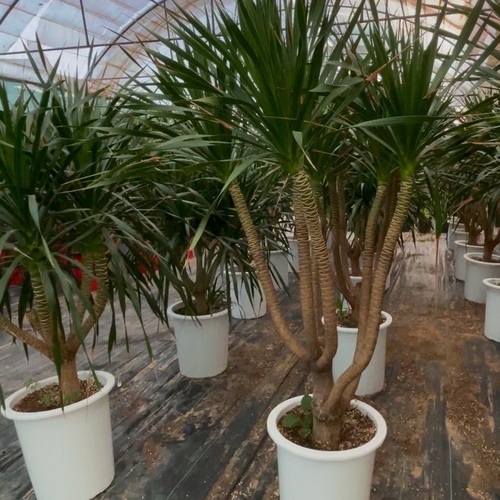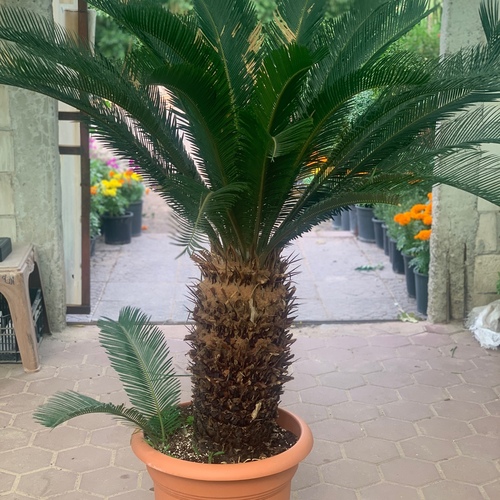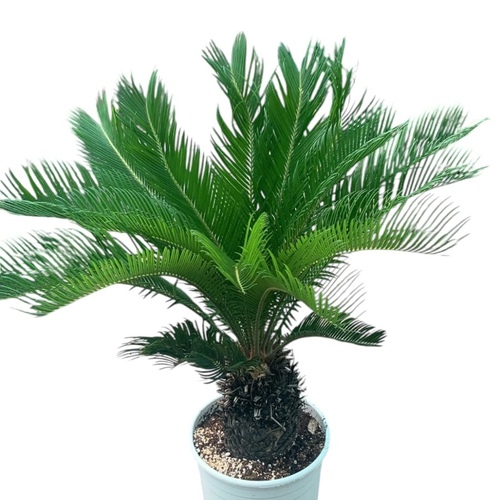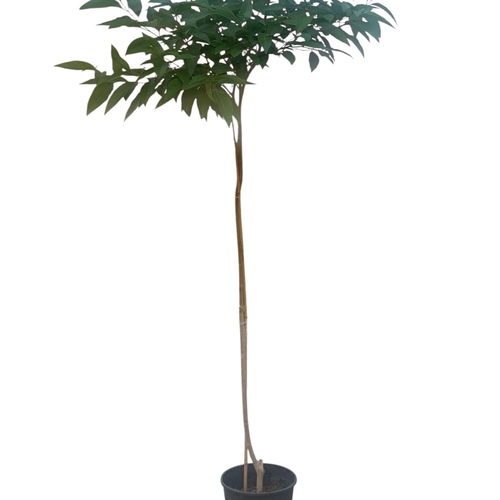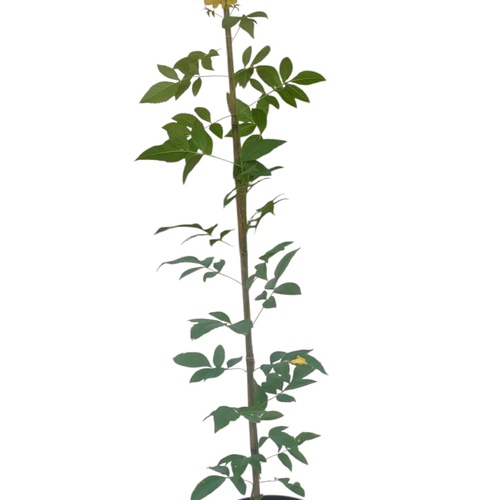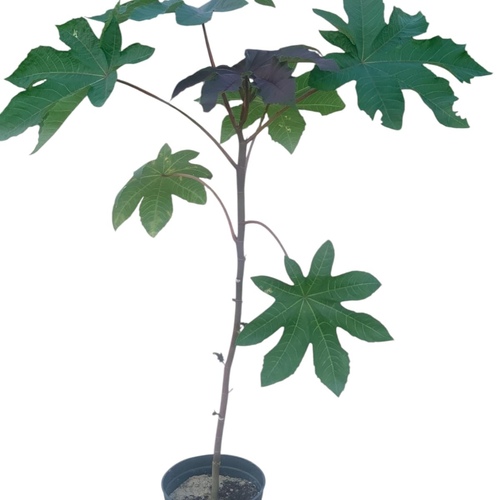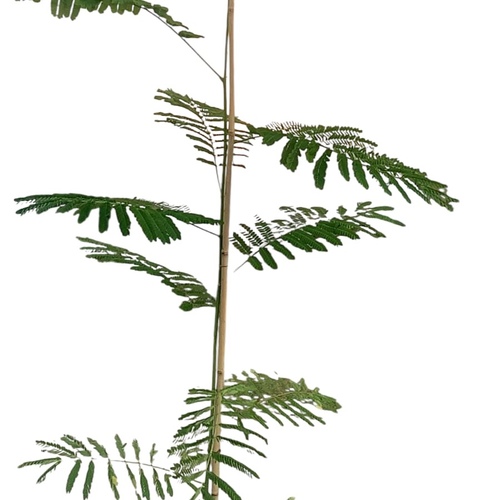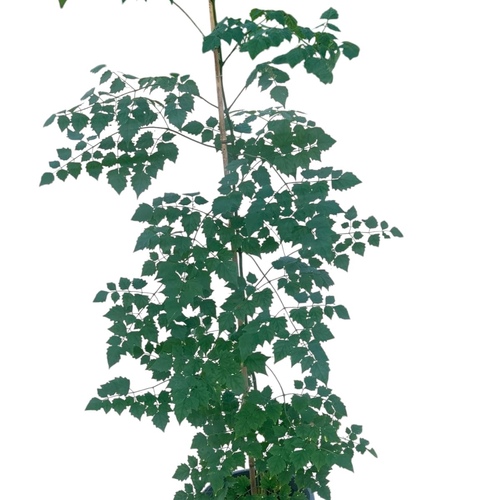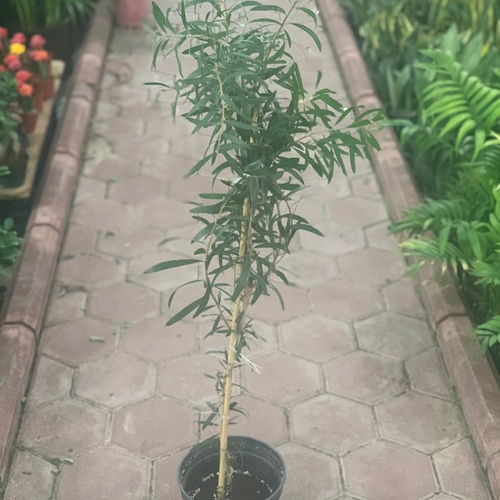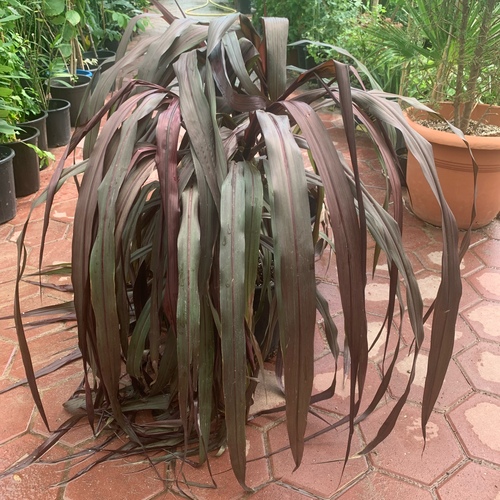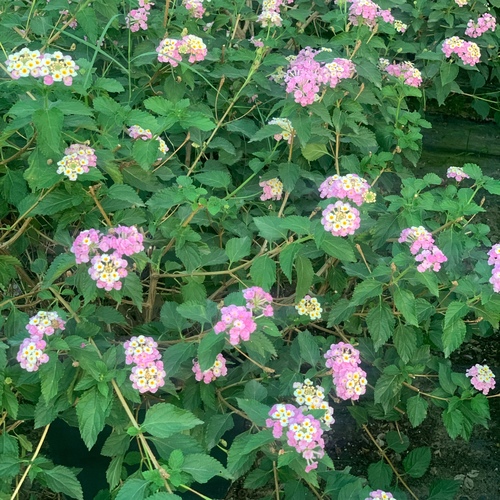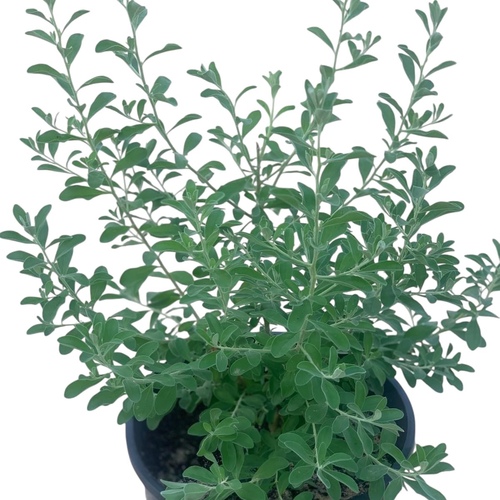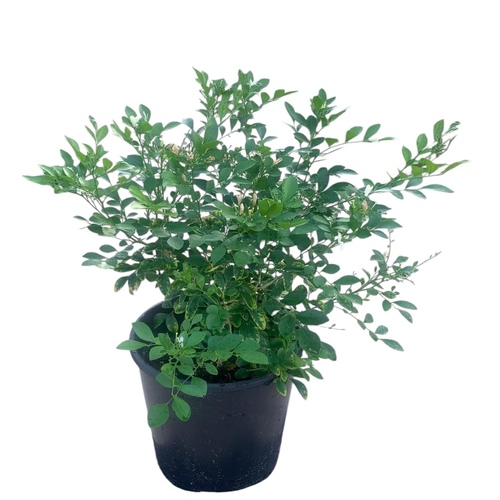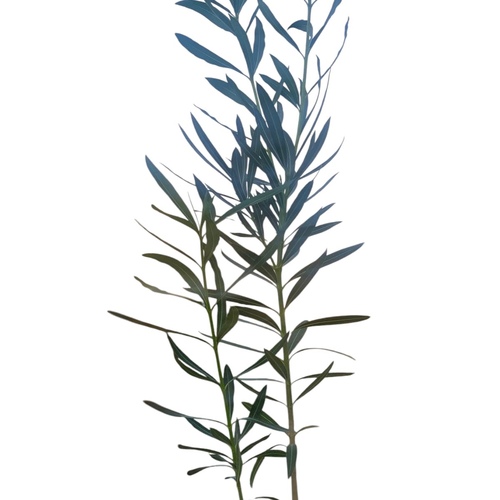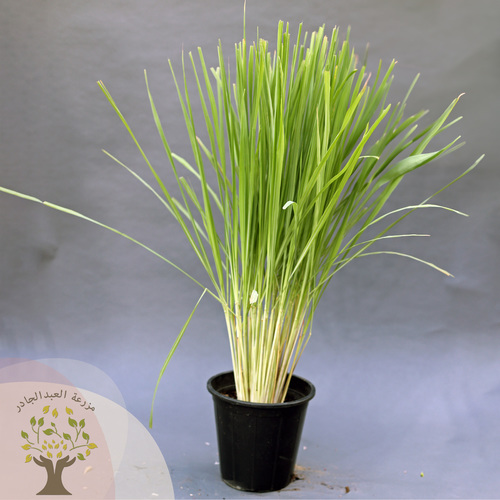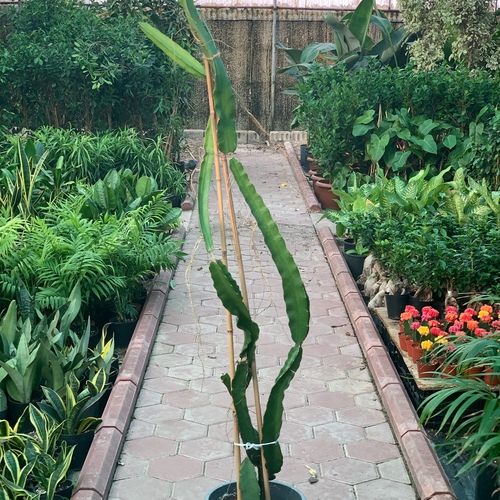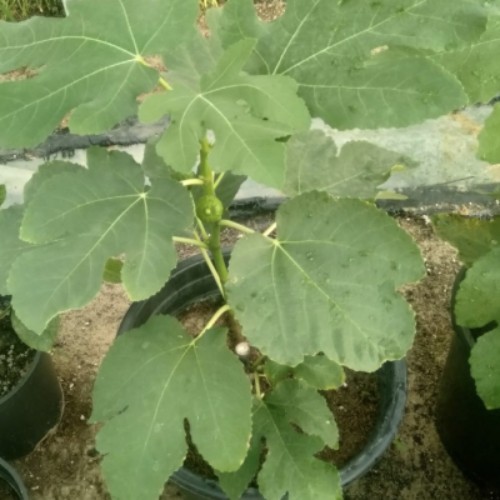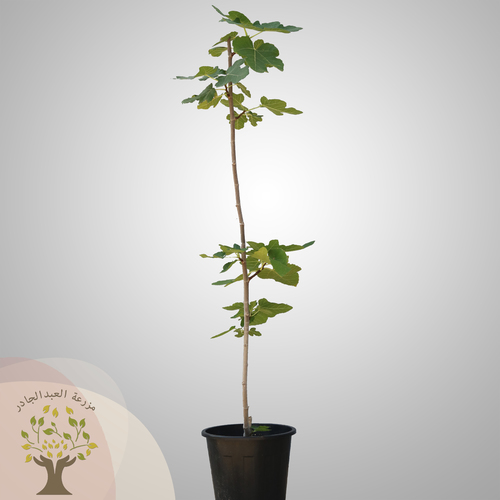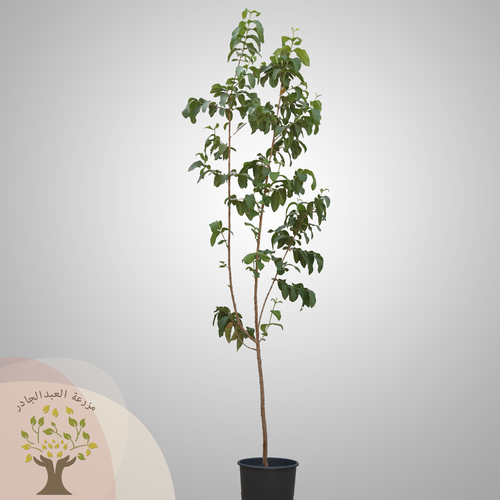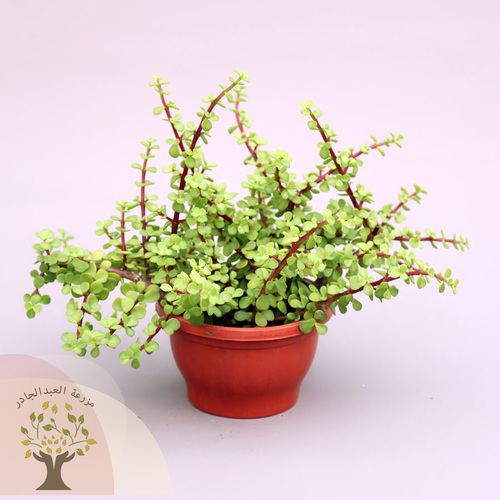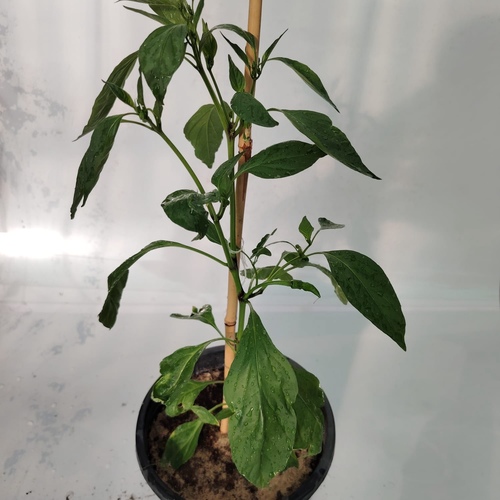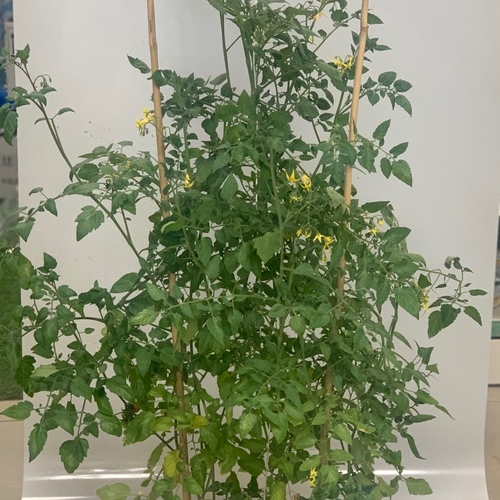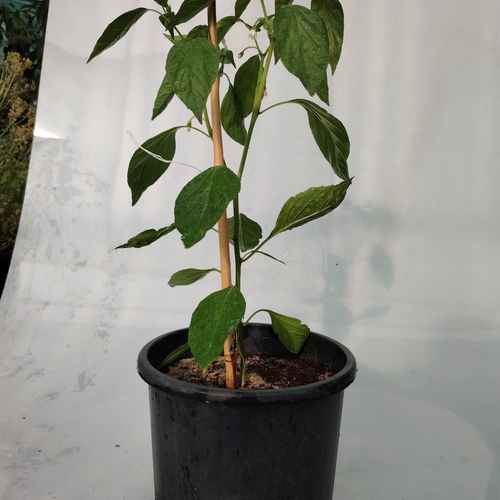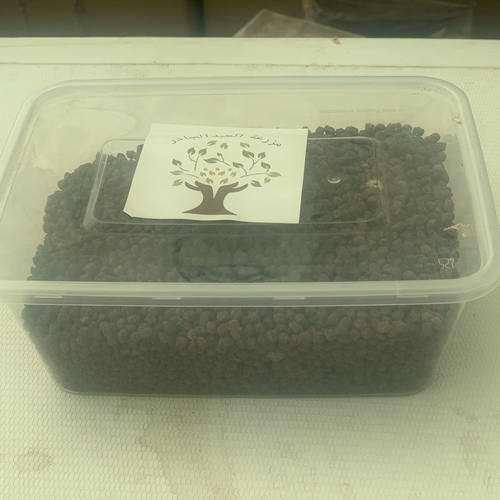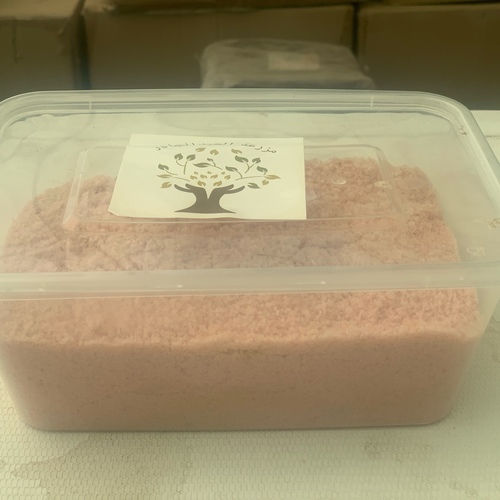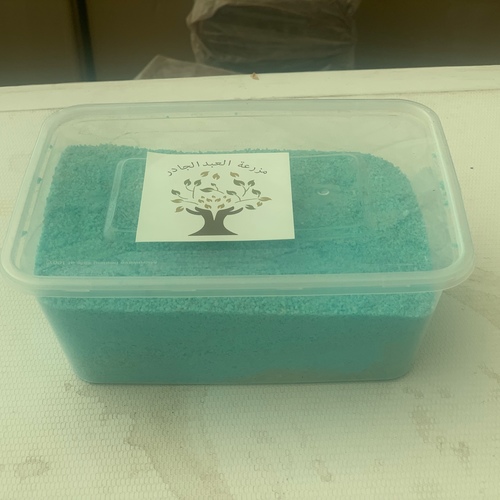
Power By MNASATI
AlAbdul AlJader Farm

Terminalia mantaly
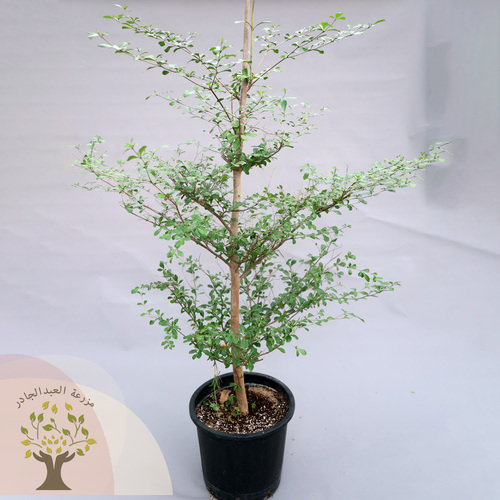
Terminalia mantaly or Busida is a tall tree, ranging in height from 10-20 meters, with soft stems, strong roots, and strong resistance to winds. It tolerates soil salinity and heat, making it an excellent shade and coastal tree, as it can be used on coasts, public and private gardens, or road corridors to provide shade. (it come 3.5 meters and trank 2.5 Inch )
Terminalia mantaly - Terminalia mantaly or Busida is a tall tree, ranging in height from 10-20 meters, with soft stems, strong roots, and strong resistance to winds. It tolerates soil salinity and heat, making it an excellent shade and coastal tree, as it can be used on coasts, public and private gardens, or road corridors to provide shade. (it come 3.5 meters and trank 2.5 Inch )chrysanthemum
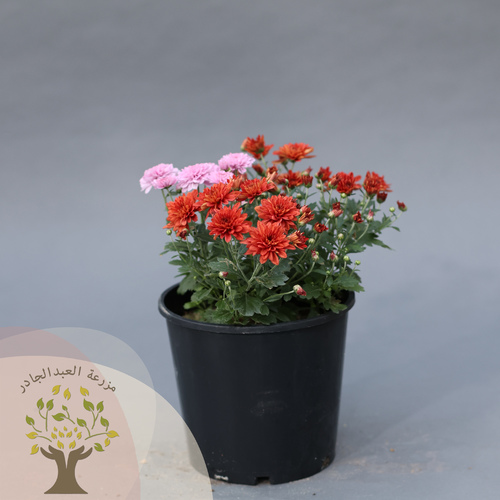
The chrysanthemum, the daoudi, the araula are all names for this beautiful plant, and it is a winter perennial plant that lives outside, either directly in the ground or in pots (preferably directly in the ground), and it is a harvested flower and is used for rose bouquets
chrysanthemum - The chrysanthemum, the daoudi, the araula are all names for this beautiful plant, and it is a winter perennial plant that lives outside, either directly in the ground or in pots (preferably directly in the ground), and it is a harvested flower and is used for rose bouquetschrysanthemum

The chrysanthemum, the daoudi, the araula are all names for this beautiful plant, and it is a winter perennial plant that lives outside, either directly in the ground or in pots (preferably directly in the ground), and it is a harvested flower and is used for rose bouquets
chrysanthemum - The chrysanthemum, the daoudi, the araula are all names for this beautiful plant, and it is a winter perennial plant that lives outside, either directly in the ground or in pots (preferably directly in the ground), and it is a harvested flower and is used for rose bouquetsWorm bins
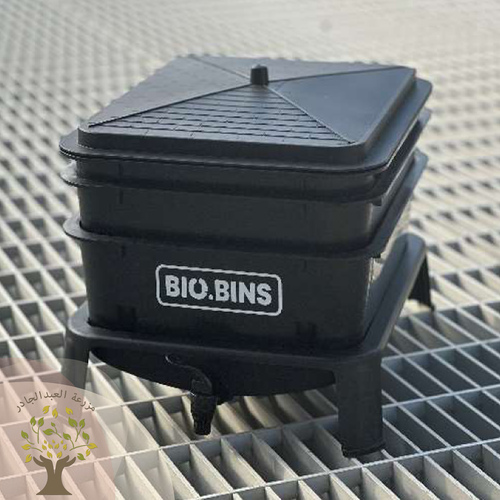
The small worm bins contains 40 worms with soil
Worm bins are containers used for worm casƟng, which uses worms to break down organic maƩer and
produce nutrient-rich compost. They can be made from various materials, including plasƟc, wood, or
metal, and come in various sizes, from small indoor bins to large outdoor setups.
A typical worm bin contains bedding, such as shredded newspaper or leaves, food scraps, fruit and
vegetable scraps, Shredded paper or carton coffee grounds, and tea leaves.
The bedding and food scraps should be layered in the bin, and the worms should be added on top. The
bin should be kept in a cool, dark place, and the temperature should be between 20 - 27 degrees Celsius.
The worms will consume the bedding and food scraps and produce worm casƟngs. Worm casƟngs can be
harvested every few months and used as a soil amendment and ferƟlizer for healthy plants.
Worm bins should be kept moist but not too wet and aerated regularly to ensure proper oxygen flow.
The bin should be cleaned regularly to prevent odors and mold growth and to keep the worms healthy.
Worm bins - The small worm bins contains 40 worms with soil
Worm bins are containers used for worm casƟng, which uses worms to break down organic maƩer and
produce nutrient-rich compost. They can be made from various materials, including plasƟc, wood, or
metal, and come in various sizes, from small indoor bins to large outdoor setups.
A typical worm bin contains bedding, such as shredded newspaper or leaves, food scraps, fruit and
vegetable scraps, Shredded paper or carton coffee grounds, and tea leaves.
The bedding and food scraps should be layered in the bin, and the worms should be added on top. The
bin should be kept in a cool, dark place, and the temperature should be between 20 - 27 degrees Celsius.
The worms will consume the bedding and food scraps and produce worm casƟngs. Worm casƟngs can be
harvested every few months and used as a soil amendment and ferƟlizer for healthy plants.
Worm bins should be kept moist but not too wet and aerated regularly to ensure proper oxygen flow.
The bin should be cleaned regularly to prevent odors and mold growth and to keep the worms healthy.Worms
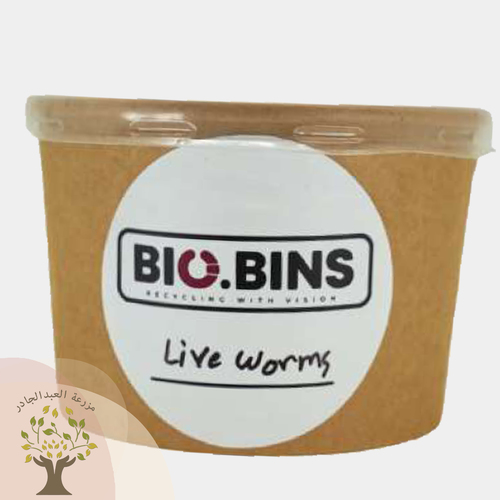
The box contains 40 worms Worm Composting is an easy way to turn waste into nutrient-rich soil for your plants and garden. Adding
worms to your garden is a great way to improve aeration and soil health.
• Earthworms work to recycle household and garden waste, transform them into high-quality organic
fertilizer, and improve the composition of the garden soil.
• Improving soil fertility and increasing essential nutrients in it.
• Enriching the soil with microorganisms, such as beneficial bacteria and microorganisms that move on
the sides of the worms’ paths in the soil, as the mucus (humus) that surrounds them constitutes
necessary nutritional materials for these organisms and helps to hold the soil together against erosion
factors.
• Earthworms help in biological control, as an increase in the number of soil worms is associated with a
severe decrease in diseases and nematode numbers due to some of the secreƟons secreted by these
worms.
• Worms secrete some enzymes and growth regulators that work to increase the germination rate and
create a healthy biological environment for growing plants.
• It greatly helps in increasing the production of crops that are of high quality, safe, healthy, and
environmentally free of pollutants, and improves the natural taste of the fruits.
• Increasing the porosity and aeration of the soil and water drainage through the passages that the
worm digs while moving.
• Earthworms serve as bait and food for fish and birds and can be used as animal protein food.
• Soil pH regulators
Worms - The box contains 40 worms Worm Composting is an easy way to turn waste into nutrient-rich soil for your plants and garden. Adding
worms to your garden is a great way to improve aeration and soil health.
• Earthworms work to recycle household and garden waste, transform them into high-quality organic
fertilizer, and improve the composition of the garden soil.
• Improving soil fertility and increasing essential nutrients in it.
• Enriching the soil with microorganisms, such as beneficial bacteria and microorganisms that move on
the sides of the worms’ paths in the soil, as the mucus (humus) that surrounds them constitutes
necessary nutritional materials for these organisms and helps to hold the soil together against erosion
factors.
• Earthworms help in biological control, as an increase in the number of soil worms is associated with a
severe decrease in diseases and nematode numbers due to some of the secreƟons secreted by these
worms.
• Worms secrete some enzymes and growth regulators that work to increase the germination rate and
create a healthy biological environment for growing plants.
• It greatly helps in increasing the production of crops that are of high quality, safe, healthy, and
environmentally free of pollutants, and improves the natural taste of the fruits.
• Increasing the porosity and aeration of the soil and water drainage through the passages that the
worm digs while moving.
• Earthworms serve as bait and food for fish and birds and can be used as animal protein food.
• Soil pH regulatorsCroton plant
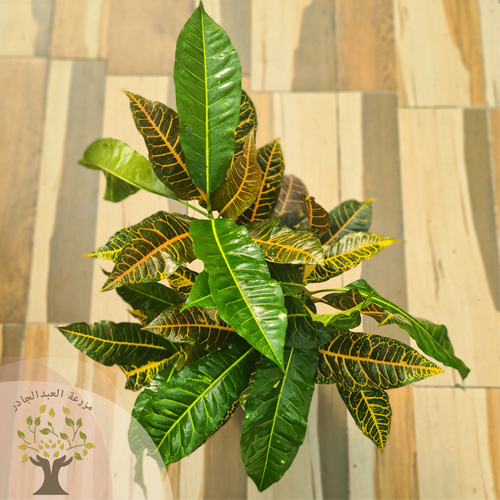
Croton
plant or Codiaeum (Codiaeum Variegatum Pictum) ,
a plant with leaves of different color, size and shape, beautiful in
appearance, and can be placed in homes or different work environments, and it
is preferable to display it individually to highlight the uniqueness and beauty
of its leaves
IRRIGATION The plant is not
irrigated until the soil is partially dry, and it is preferable to spray its
leaves with water mist constantly, as it is moisture-loving. LIGHTING The plant needs
bright, filtered light, such as window light or artificial room lighting. TEMPERATURE The plant needs a
moderate atmosphere that is suitable for normal room temperature up to 30°C.
Croton plant - Croton
plant or Codiaeum (Codiaeum Variegatum Pictum) ,
a plant with leaves of different color, size and shape, beautiful in
appearance, and can be placed in homes or different work environments, and it
is preferable to display it individually to highlight the uniqueness and beauty
of its leaves
IRRIGATION The plant is not
irrigated until the soil is partially dry, and it is preferable to spray its
leaves with water mist constantly, as it is moisture-loving. LIGHTING The plant needs
bright, filtered light, such as window light or artificial room lighting. TEMPERATURE The plant needs a
moderate atmosphere that is suitable for normal room temperature up to 30°C.Ficus elastica

Ficus elastica, with
bright green leaves and very dark, is one of the distinctive and easy-to-care
plants. It is preferable to wipe its leaves with a soft cloth to preserve it.
It can be placed in homes or different work environments. IRRIGATION The plant is not
irrigated until the soil is partially dry, and it is preferable to spray its
leaves constantly, as it is moisture-loving. LIGHTING The plant needs
bright, filtered light, such as window light. TEMPERATURE
The plant needs a moderate
atmosphere, and it is suitable for the natural room temperature, and it can
tolerate warm weather up to 30 degrees Celsiu
Ficus elastica - Ficus elastica, with
bright green leaves and very dark, is one of the distinctive and easy-to-care
plants. It is preferable to wipe its leaves with a soft cloth to preserve it.
It can be placed in homes or different work environments. IRRIGATION The plant is not
irrigated until the soil is partially dry, and it is preferable to spray its
leaves constantly, as it is moisture-loving. LIGHTING The plant needs
bright, filtered light, such as window light. TEMPERATURE
The plant needs a moderate
atmosphere, and it is suitable for the natural room temperature, and it can
tolerate warm weather up to 30 degrees CelsiuFicus Lyrata
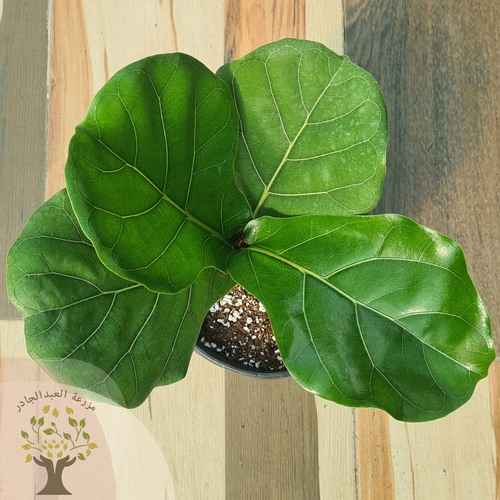
Ficus Lyrata, or the guitar fig, and the reason for its name is its large, glossy, guitar-like leaves. It can be placed in homes, as it is widely used in home décor.
Ficus Lyrata - Ficus Lyrata, or the guitar fig, and the reason for its name is its large, glossy, guitar-like leaves. It can be placed in homes, as it is widely used in home décor.Azdirachta Indica Neem
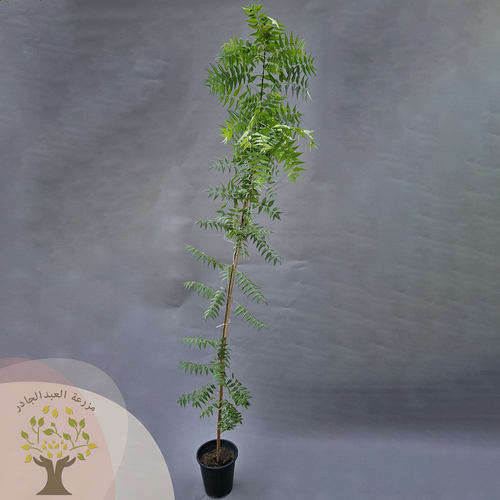
The neem tree or Azdirachta It is native to India, Burma, Sri Lanka, and Indonesia reach a height of about 15 meters or more. It has medicinal importance, as its fruits, bark, leaves, flowers, and roots are used in preparing many different medicines, and helps repel mosquitoes and flies
Azdirachta Indica Neem - The neem tree or Azdirachta It is native to India, Burma, Sri Lanka, and Indonesia reach a height of about 15 meters or more. It has medicinal importance, as its fruits, bark, leaves, flowers, and roots are used in preparing many different medicines, and helps repel mosquitoes and fliesMoringa
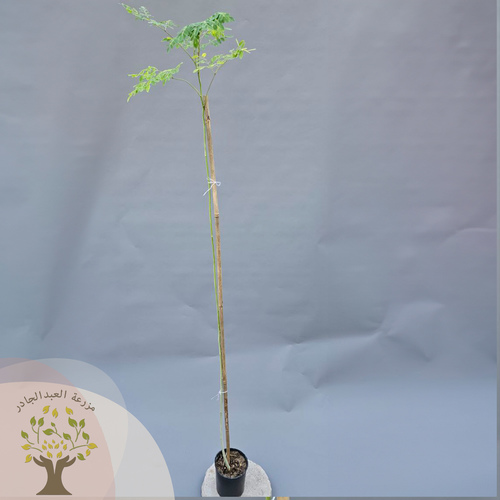
The original home of the moringa tree: Tropical Asia is the original home of the moringa tree, in addition to Africa and tropical America. The height of the moringa tree reaches 12 meters The Moringa tree is a tree with many uses, and it has many parts like other trees. Starting from the leaves, roots, and immature pods; Which is consumed as a type of vegetable, in addition to: Bark, pods, leaves, seeds, tubers, and flowers.
Benefits and importance of the moringa tree Parts of the moringa tree are used in many therapeutic and non-therapeutic conditions, some of which are as follows: Memory enhancement: Some doctors and scientists believe that the antioxidants and other phytochemicals possessed by the moringa tree are health-promoting, and may treat stress and inflammation in the brain. Diabetes: Many early studies have shown that insulin-like proteins found in moringa may help lower blood sugar, and the phytochemicals found in the leaves may contribute to the body’s better processing of sugar, in addition to their effect on the body’s insulin secretion. Cancer: Some laboratory tests on Moringa tree leaf extracts have indicated that they work to slow the growth of pancreatic cancer cells and help in better chemotherapy processes. In addition, the bark and roots of the tree, along with the leaves, have anti-cancer effects and may contribute to making new drugs. for this disease. Moringa tree leaves are mainly consumed in food. Moringa tree leaves are added and eaten in salad dishes, and added to main dishes. The leaf powder can be used as tea, or added to drinks. All parts of the moringa tree are edible. Its seeds, pressed after extracting their oil, and transformed into discs as a result of the pressure applied to them, can be used as a strainer to filter water, sifting out particles, dirt, and bacteria to obtain clean and pure water. The moringa tree contains iron in quantities three times greater than the iron found in spinach. Iron is an important component of the hemoglobin protein that carries oxygen in the bloodstream. Therefore, eating parts of the moringa tree treats anemia and improves oxygen distribution.
Moringa - The original home of the moringa tree: Tropical Asia is the original home of the moringa tree, in addition to Africa and tropical America. The height of the moringa tree reaches 12 meters The Moringa tree is a tree with many uses, and it has many parts like other trees. Starting from the leaves, roots, and immature pods; Which is consumed as a type of vegetable, in addition to: Bark, pods, leaves, seeds, tubers, and flowers.
Benefits and importance of the moringa tree Parts of the moringa tree are used in many therapeutic and non-therapeutic conditions, some of which are as follows: Memory enhancement: Some doctors and scientists believe that the antioxidants and other phytochemicals possessed by the moringa tree are health-promoting, and may treat stress and inflammation in the brain. Diabetes: Many early studies have shown that insulin-like proteins found in moringa may help lower blood sugar, and the phytochemicals found in the leaves may contribute to the body’s better processing of sugar, in addition to their effect on the body’s insulin secretion. Cancer: Some laboratory tests on Moringa tree leaf extracts have indicated that they work to slow the growth of pancreatic cancer cells and help in better chemotherapy processes. In addition, the bark and roots of the tree, along with the leaves, have anti-cancer effects and may contribute to making new drugs. for this disease. Moringa tree leaves are mainly consumed in food. Moringa tree leaves are added and eaten in salad dishes, and added to main dishes. The leaf powder can be used as tea, or added to drinks. All parts of the moringa tree are edible. Its seeds, pressed after extracting their oil, and transformed into discs as a result of the pressure applied to them, can be used as a strainer to filter water, sifting out particles, dirt, and bacteria to obtain clean and pure water. The moringa tree contains iron in quantities three times greater than the iron found in spinach. Iron is an important component of the hemoglobin protein that carries oxygen in the bloodstream. Therefore, eating parts of the moringa tree treats anemia and improves oxygen distribution.Washingtonia palm
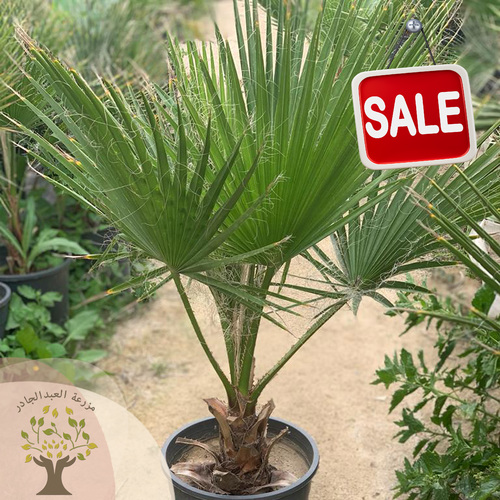
Washingtonia palm, native to North America (California, Arizona, and Mexico), a fast-growing tree, can reach a height of 24 meters ,
It tolerates high heat, as well as temperatures below zero, and it is one of the plants that does not need much care. Care, with regular irrigation, of course, is represented by two important things for growth. The first is cutting the dry, aged leaves with the removal of the fiber, and the second is fertilizing the plant once a year .
Washingtonia palm - Washingtonia palm, native to North America (California, Arizona, and Mexico), a fast-growing tree, can reach a height of 24 meters ,
It tolerates high heat, as well as temperatures below zero, and it is one of the plants that does not need much care. Care, with regular irrigation, of course, is represented by two important things for growth. The first is cutting the dry, aged leaves with the removal of the fiber, and the second is fertilizing the plant once a year .plumeria
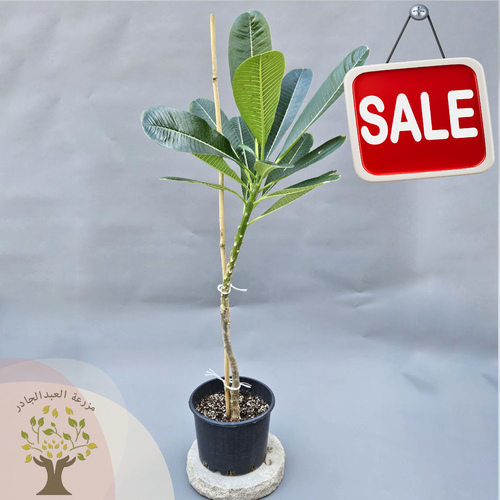
plumeria is native to western India. Its cultivation is widespread
in the tropics, and it is known by several names, including: , the temple tree, and the tree of life.
Of the trees that
are considered half-deciduous! It grows to seven meters in length, and
blooms during the summer or autumn period. The flowers emerge from the
insides of the leaves and have several colors, including white,
yellowish-white, and reddish-pink
plumeria - plumeria is native to western India. Its cultivation is widespread
in the tropics, and it is known by several names, including: , the temple tree, and the tree of life.
Of the trees that
are considered half-deciduous! It grows to seven meters in length, and
blooms during the summer or autumn period. The flowers emerge from the
insides of the leaves and have several colors, including white,
yellowish-white, and reddish-pinkacacia farnesiana
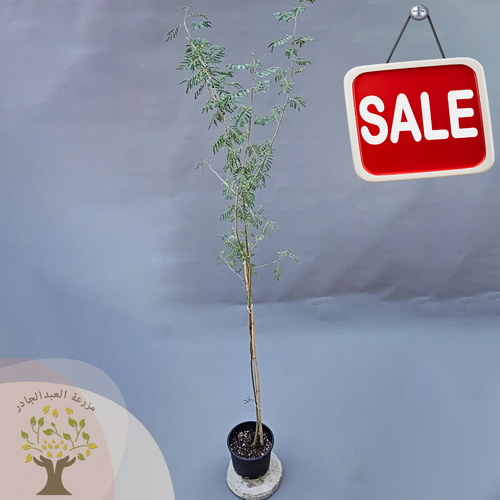
A beautiful flowering tree, a type of algae, spiny, evergreen even in winter, its height exceeds 6 meters, its leaves are small, and its flowers are abundant.
•It has multiple medical uses.
•It is considered one of the best shade trees.
•It is planted as a decoration on the roads.
• Use fences or fences to protect against strong winds and air in sandy areas.
• Its flowers are beautiful, yellow in color, circular in shape, loved by bees, and smell fragrant and pleasant. Its scent reaches about 10 meters and may reach a little further than that. Its flowering period exceeds three months.
It tolerates hot, dry and cold climates.
•It does not require much care.
acacia farnesiana - A beautiful flowering tree, a type of algae, spiny, evergreen even in winter, its height exceeds 6 meters, its leaves are small, and its flowers are abundant.
•It has multiple medical uses.
•It is considered one of the best shade trees.
•It is planted as a decoration on the roads.
• Use fences or fences to protect against strong winds and air in sandy areas.
• Its flowers are beautiful, yellow in color, circular in shape, loved by bees, and smell fragrant and pleasant. Its scent reaches about 10 meters and may reach a little further than that. Its flowering period exceeds three months.
It tolerates hot, dry and cold climates.
•It does not require much care.Jasminum
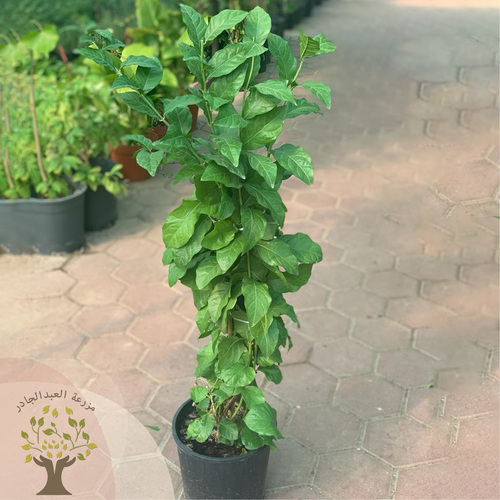
Its scientific name is Jasminum sambac. It is a perennial evergreen shrub that reaches a height of about 2 m. Its flowers are clustered at the top and are bright white. They appear in the spring until the end of autumn. Its growth rate is relatively slow and almost stops during the winter. It is also called Arabian jasmine. It is native to the countries of the Mediterranean basin, the Arabian Peninsula, India, China and others. . It is used in gardens for its fragrant scent, and it can be raised as a standing shrub or as a climber, depending on its type, as there are several types.
Jasminum - Its scientific name is Jasminum sambac. It is a perennial evergreen shrub that reaches a height of about 2 m. Its flowers are clustered at the top and are bright white. They appear in the spring until the end of autumn. Its growth rate is relatively slow and almost stops during the winter. It is also called Arabian jasmine. It is native to the countries of the Mediterranean basin, the Arabian Peninsula, India, China and others. . It is used in gardens for its fragrant scent, and it can be raised as a standing shrub or as a climber, depending on its type, as there are several types.jasminum lebanon
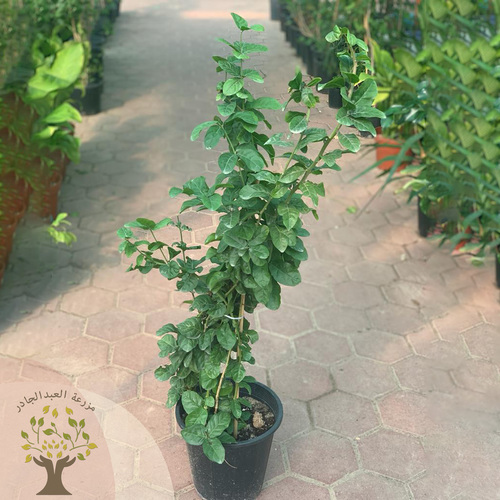
Its scientific name is Jasminum sambac. It is a perennial evergreen shrub that reaches a height of about 2 m. Its flowers are clustered at the top and are bright white. They appear in the spring until the end of autumn. Its growth rate is relatively slow and almost stops during the winter. It is also called Arabian jasmine. It is native to the countries of the Mediterranean basin, the Arabian Peninsula, India, China and others. . It is used in gardens for its fragrant scent, and it can be raised as a standing shrub or as a climber, depending on its type, as there are several types.
jasminum lebanon - Its scientific name is Jasminum sambac. It is a perennial evergreen shrub that reaches a height of about 2 m. Its flowers are clustered at the top and are bright white. They appear in the spring until the end of autumn. Its growth rate is relatively slow and almost stops during the winter. It is also called Arabian jasmine. It is native to the countries of the Mediterranean basin, the Arabian Peninsula, India, China and others. . It is used in gardens for its fragrant scent, and it can be raised as a standing shrub or as a climber, depending on its type, as there are several types.The Kumquat Tree
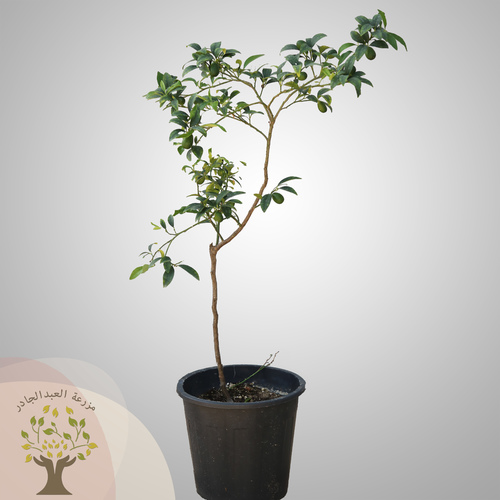
Kumquats, golden oranges, or Japanese oranges, are the smallest trees of the citrus family. They grow and give the best, largest, and sweetest fruit production in warmer regions. Kumquat fruits are eaten whole with the peel, as the peel is sweet, and the fruit is considered mature when it reaches the yellow-orange color stage.
The Kumquat Tree - Kumquats, golden oranges, or Japanese oranges, are the smallest trees of the citrus family. They grow and give the best, largest, and sweetest fruit production in warmer regions. Kumquat fruits are eaten whole with the peel, as the peel is sweet, and the fruit is considered mature when it reaches the yellow-orange color stage.Zanthoxylum fagara
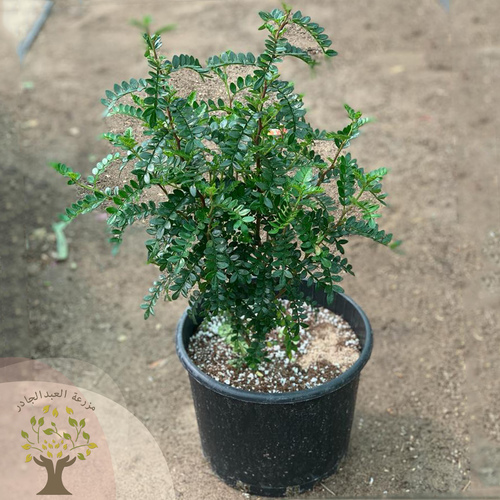
Zanthoxylum fagara , characterized by small, shiny green oval leaves that contain a refreshing aromatic scent, a fast-growing plant that produces small white flowers in the spring The plant is irrigated only when the soil is dry, it loves moisture, so it is advisable to spray it with water spray several times during the week. She loves strong light and should not be exposed to direct sunlight, especially in the summer It is suitable for normal room temperature, and can withstand up to 28°C
Zanthoxylum fagara - Zanthoxylum fagara , characterized by small, shiny green oval leaves that contain a refreshing aromatic scent, a fast-growing plant that produces small white flowers in the spring The plant is irrigated only when the soil is dry, it loves moisture, so it is advisable to spray it with water spray several times during the week. She loves strong light and should not be exposed to direct sunlight, especially in the summer It is suitable for normal room temperature, and can withstand up to 28°CCOCOLY
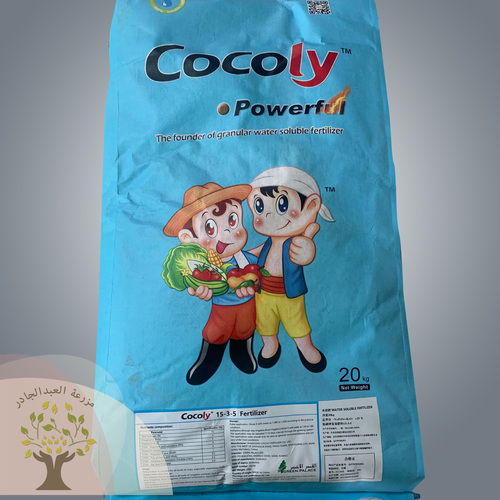
This product is suitable for all kinds of crops, especially
vegetables, fruits,wheat,cotton and corn, etc.
This product can be applied to all kinds of irrigation
methods, Such as foliar, drip irrigation, flush irrigation , broadcast
fertilization, basal fertilization and so on.
This product can be blend with other fertilizer to use, improve the utilization
rate of other fertilizer
COCOLY - This product is suitable for all kinds of crops, especially
vegetables, fruits,wheat,cotton and corn, etc.
This product can be applied to all kinds of irrigation
methods, Such as foliar, drip irrigation, flush irrigation , broadcast
fertilization, basal fertilization and so on.
This product can be blend with other fertilizer to use, improve the utilization
rate of other fertilizer

